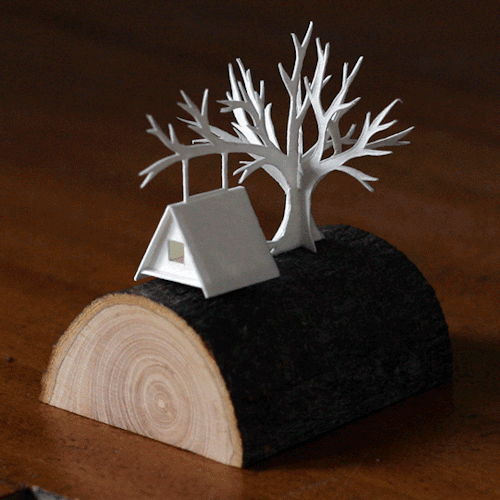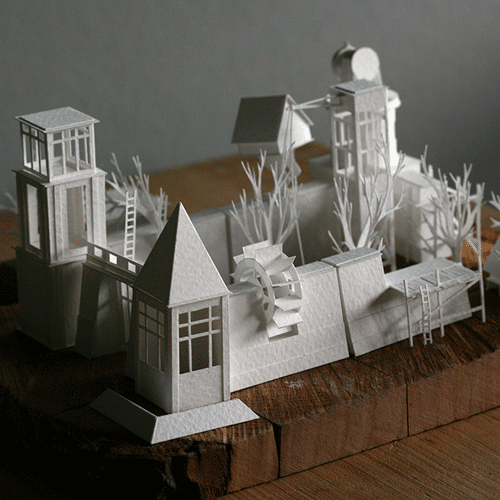Miniatures by Linsminis
| Website | Blog | Facebook | Twitter |
| Instagram | Pinterest | Etsy | eBay | Flickr |
How did you first get started in miniatures?
I was given a house kit to build and, at the time, I thought my mother had gone mad! What was I going to do with a dollhouse? I had never even thought about the world of miniatures in those days… my hobbies were watercolor painting and counted cross stitch! One rainy day, after the kit had lain unopened in a cupboard for several years, I decided to actually build it. Once built and decorated, I decided that I wanted it to be a café. 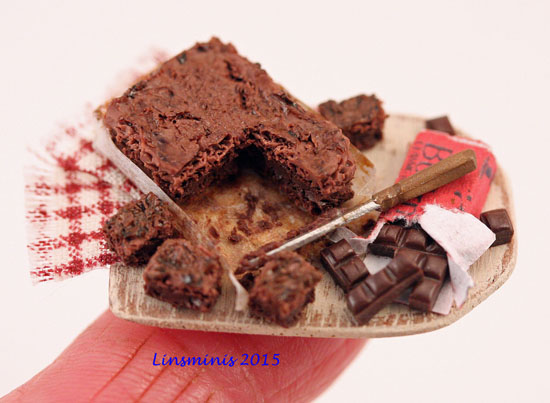 However, all those years ago, there was little choice of cakes, the Internet was in its infancy, and the only ones readily available were plastic imports, mainly out of scale and not very good quality, so I decided to make my own! The rest is history!
However, all those years ago, there was little choice of cakes, the Internet was in its infancy, and the only ones readily available were plastic imports, mainly out of scale and not very good quality, so I decided to make my own! The rest is history!
What unusual materials have you used to make your miniatures?
I’m pretty boring and use only polymer clay, paper, wood, wire, thread and pastels!
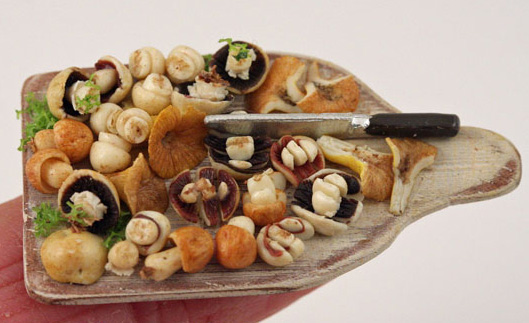 How did you become involved with the International Guild of Miniature Artisans?
How did you become involved with the International Guild of Miniature Artisans?
A fellow miniaturist and friend urged me to join IGMA. From there, I applied to become an Artisan and ultimately have become a Fellow.
Any favorite IGMA memories or accomplishments to note?
The day in 2009 when I received the news that, on my first submission, I was awarded Fellow status.
Advice for beginner artists and miniaturists?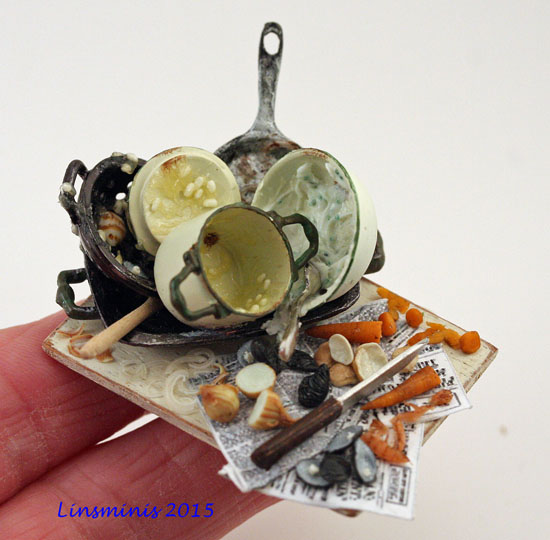
Practice, practice and more practice with a whole lot of patience thrown in! Always try to work from real life if possible.
Favorite mini you own by another artist?
A tiny, art nouveau silver ashtray, cigarettes in the tiniest silver holder with a matching cigarette box with hinged lid by Mike Sparrow. They are so very tiny and absolutely perfect in every way!
Why miniatures? What appeals to you most about what you do?
I love the challenge of trying to get as much detail as I possibly can into something so small, which is why I prefer working in 1:12th scale as I find that any smaller and the minute details are lost! 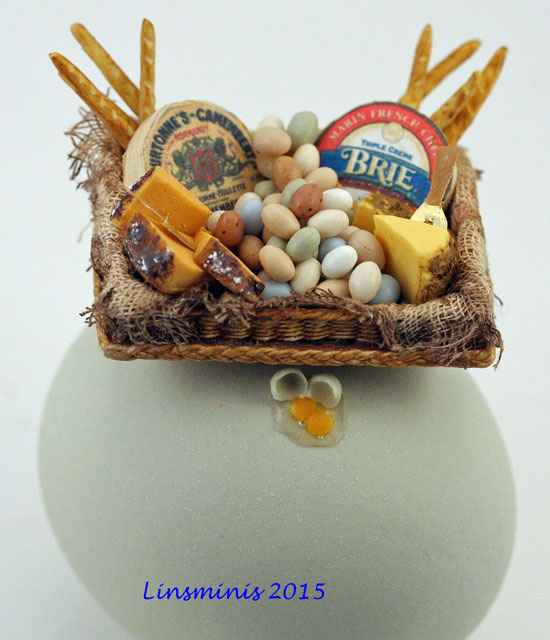 I enjoy the pleasure both my customer and I get when I am commissioned to recreate that special miniature for someone and it seems that the challenge of turning someone else’s idea into reality results in me putting ever more detail into the piece.
I enjoy the pleasure both my customer and I get when I am commissioned to recreate that special miniature for someone and it seems that the challenge of turning someone else’s idea into reality results in me putting ever more detail into the piece.
I’ve come to recognize over the years that creating a miniature really is an art form in itself and I would love to see a greater awareness of the miniaturist’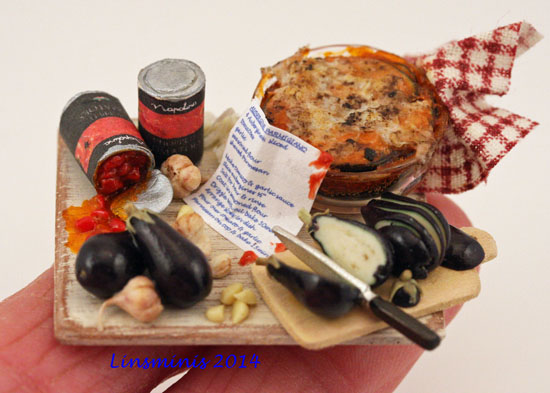 s skill – miniatures are collectible works of art rather than simply “dollhouse” toys!
s skill – miniatures are collectible works of art rather than simply “dollhouse” toys!
I would love to find the time to do so many things, my own wirework is a definite if I ever get the time to start. Between family commitments, my large garden, an ever growing list of commission work and, of course, the husband, I need someone somewhere to put another 24 hours into every day for me and then I might actually try my hand at dollmaking and wirework… one day!
Linda Cummings hails from Durham City in the United Kingdom. You can shop Linsminis on Etsy or eBay. Follow more of Linsminis online on Instagram, Facebook, Twitter, Flickr and Pinterest. Check out the Linsminis website and Linsminis blog.
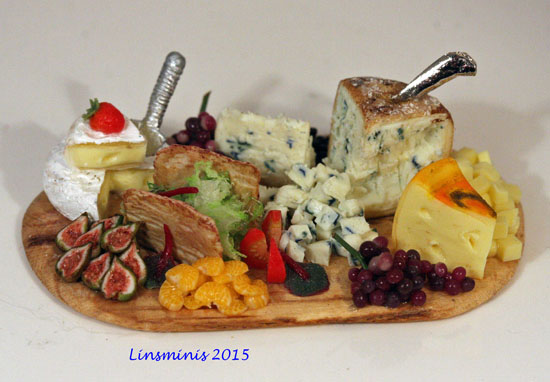
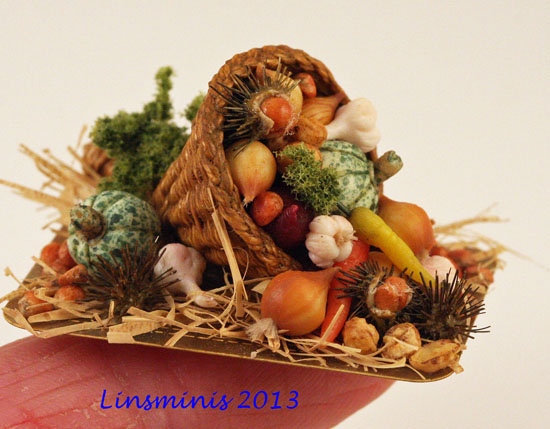
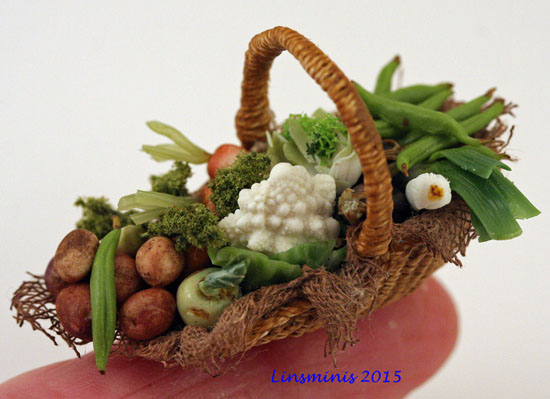
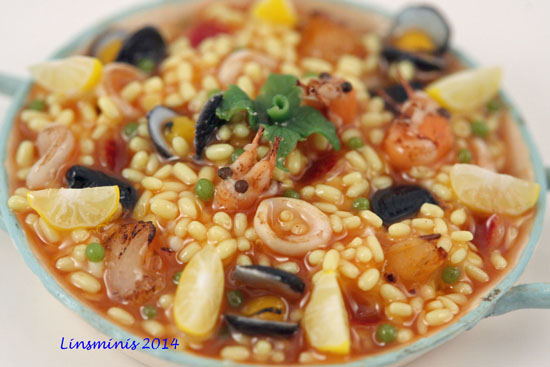
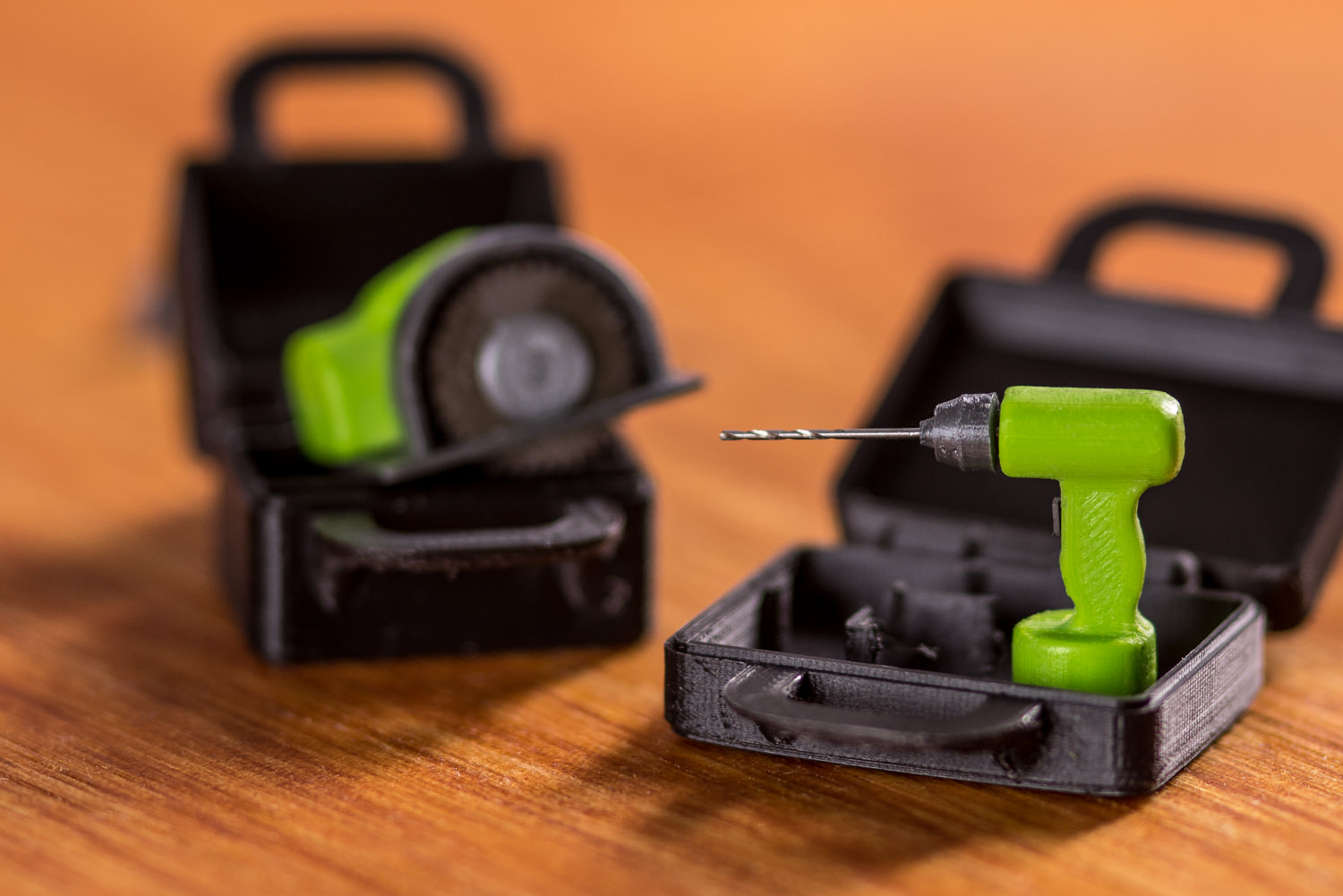

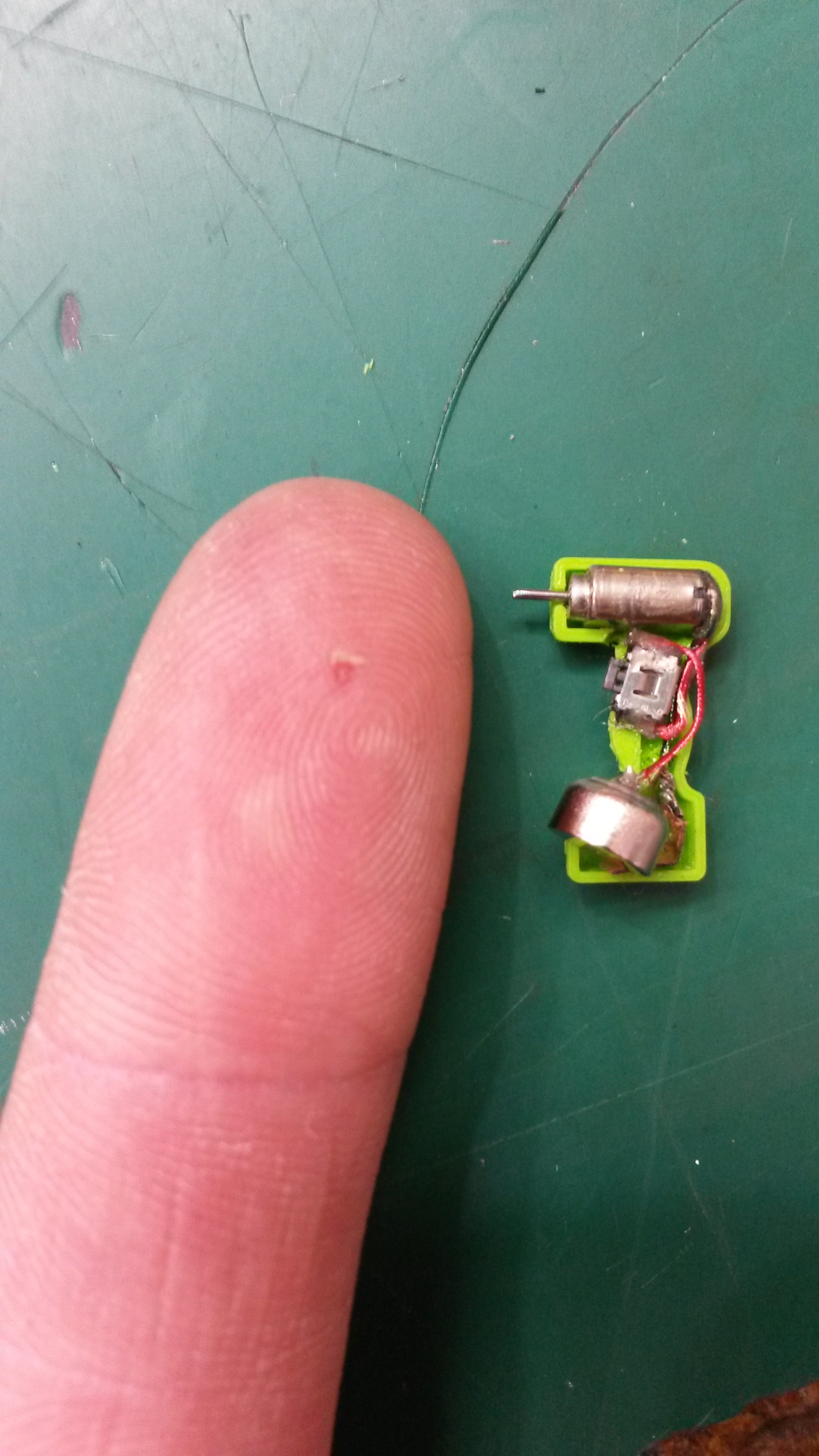
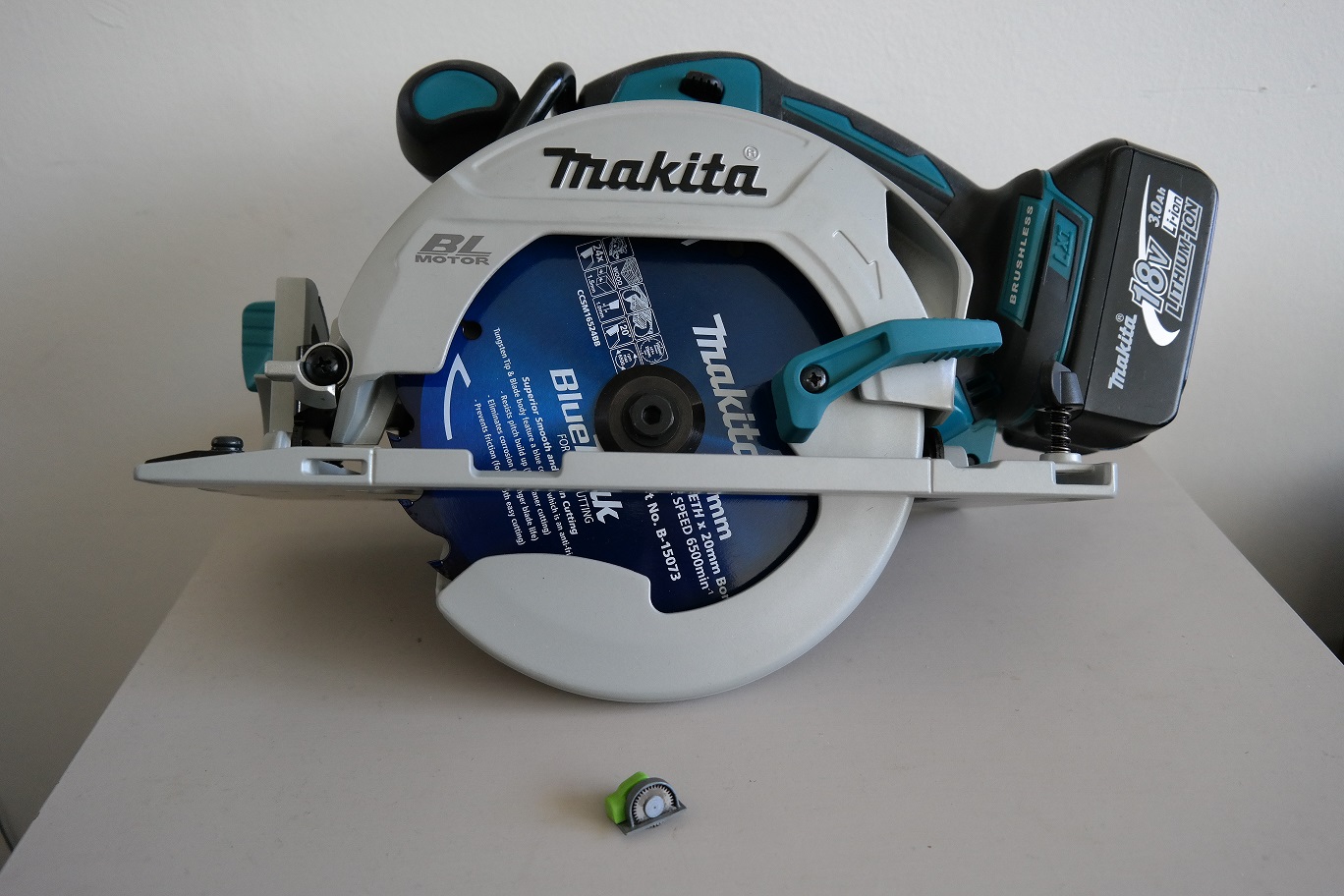
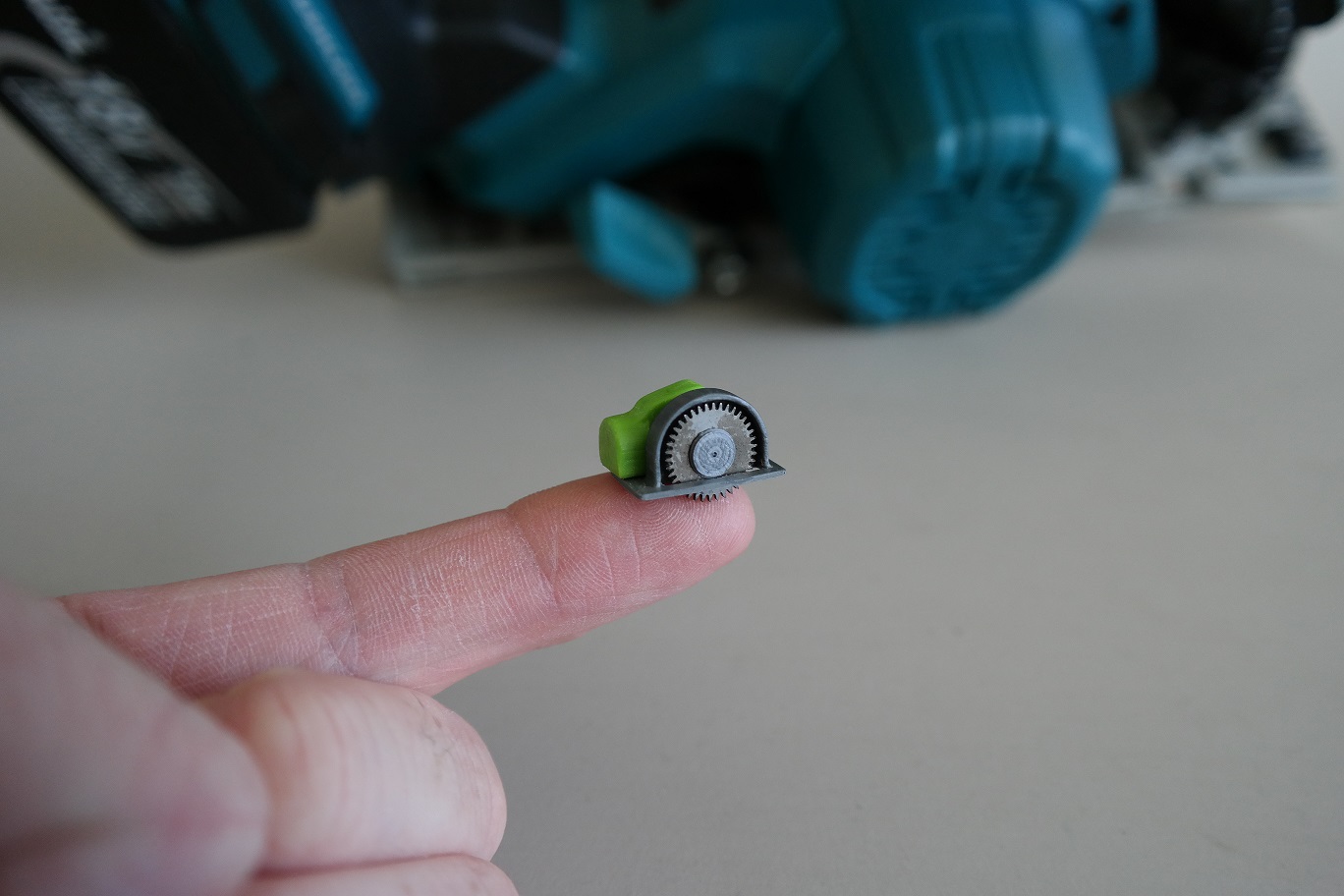
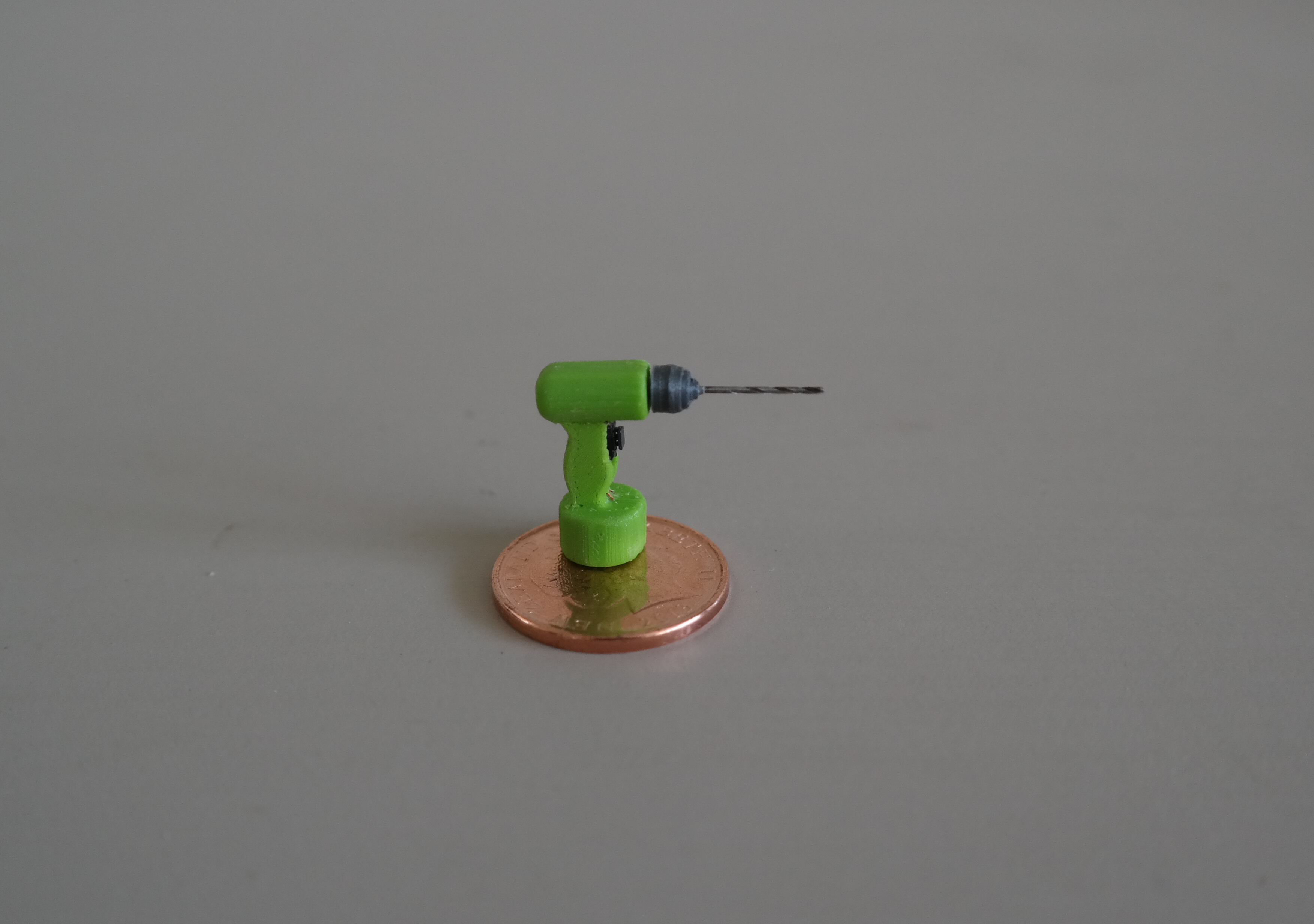
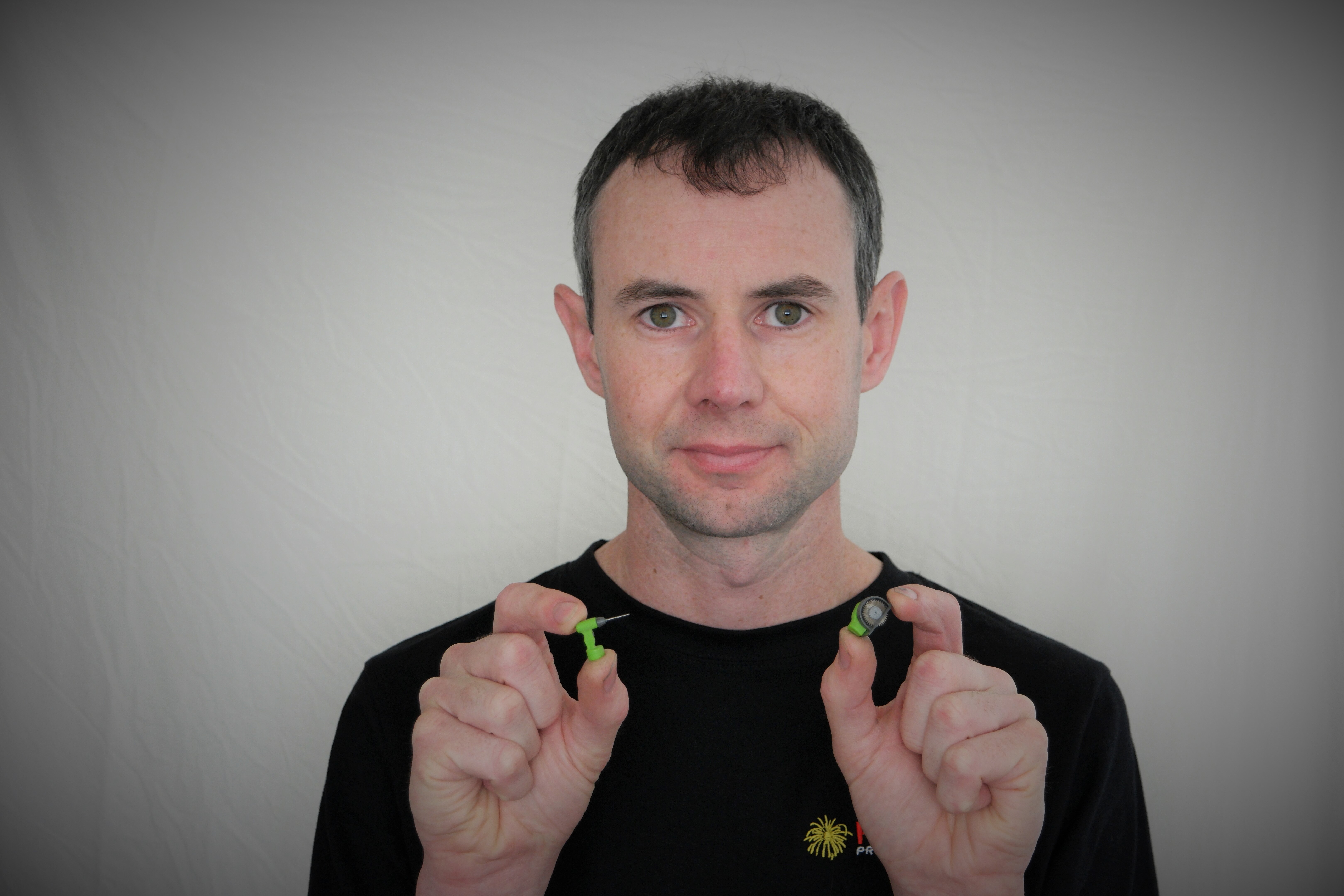
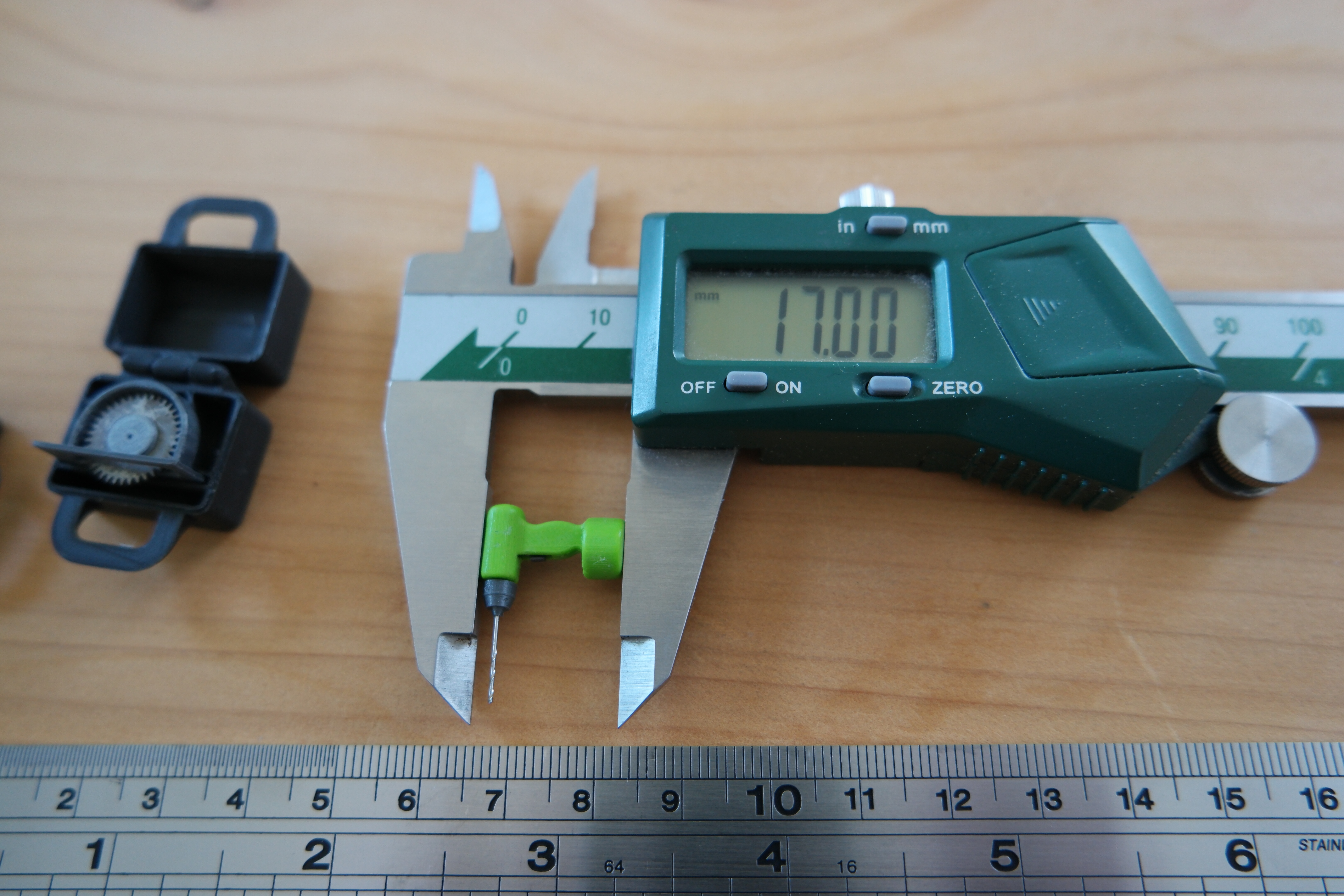
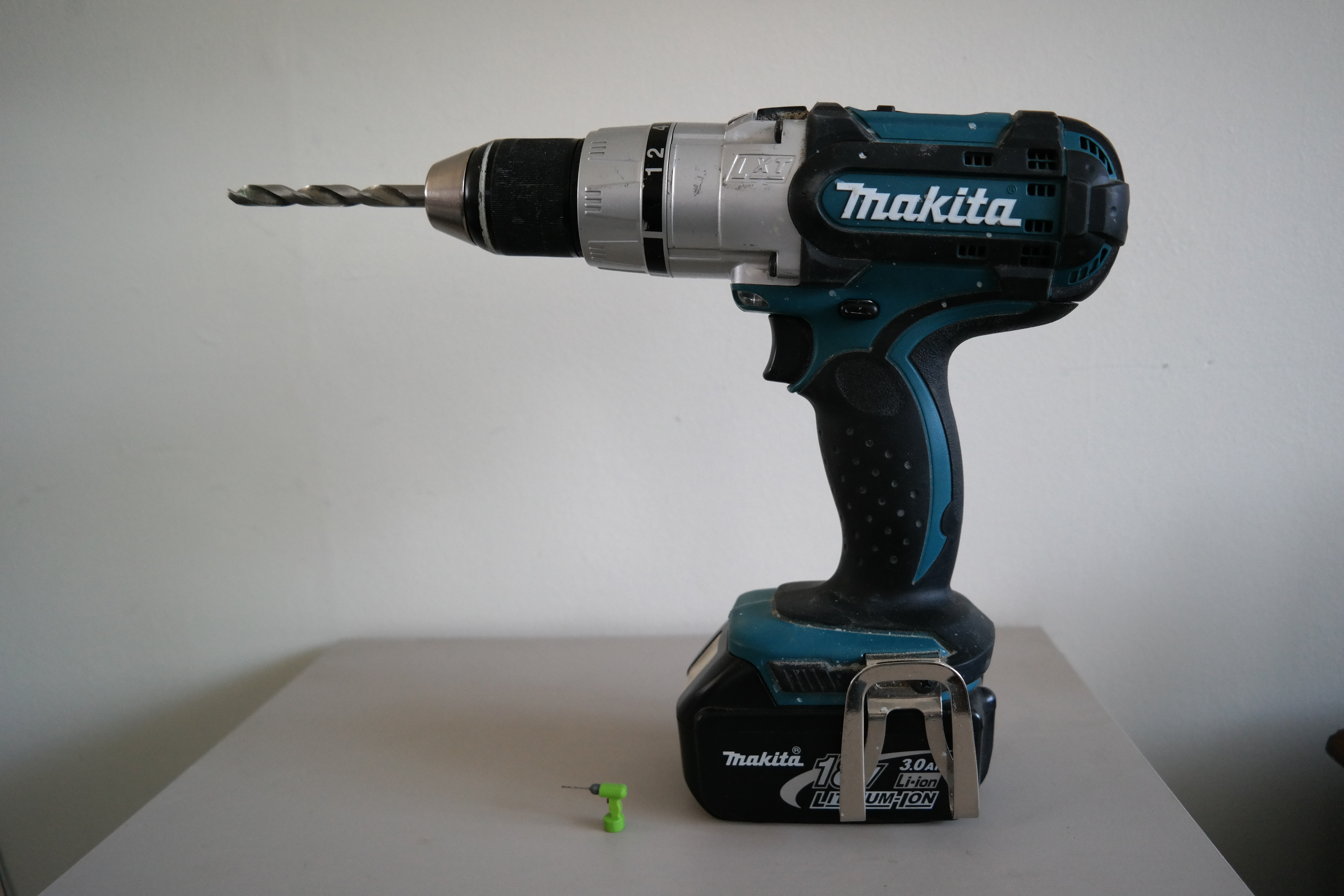
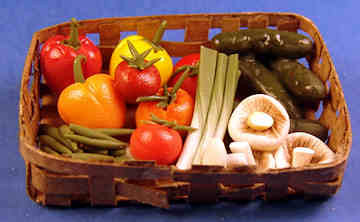
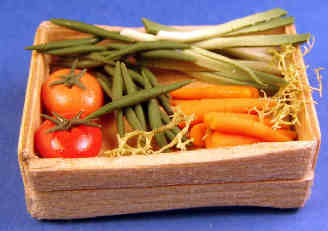
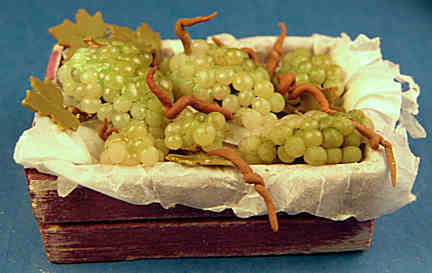
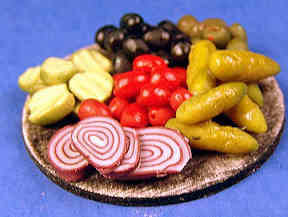
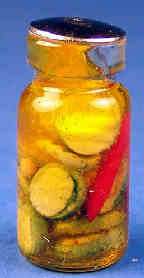
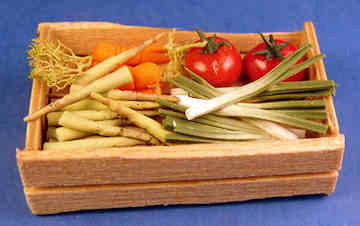

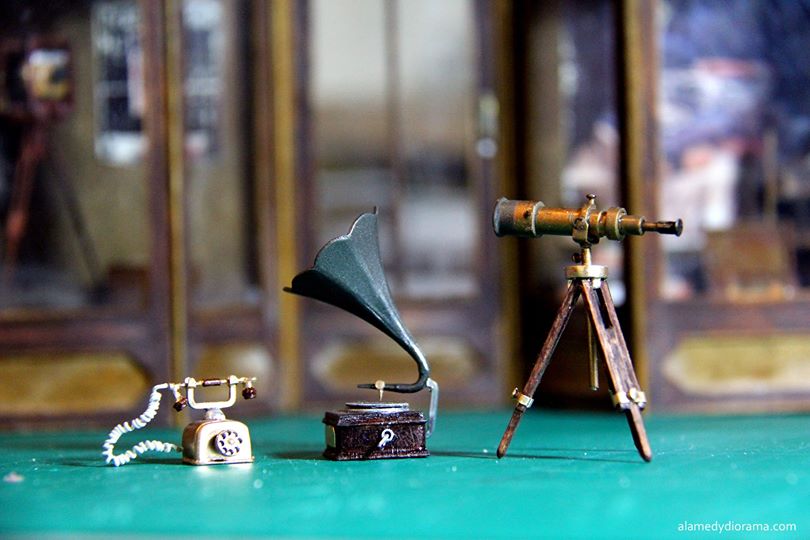
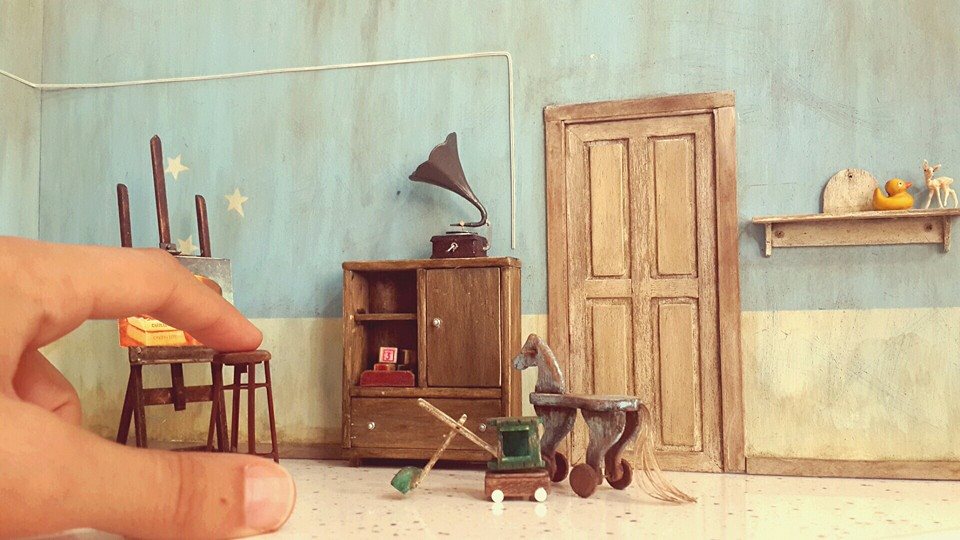
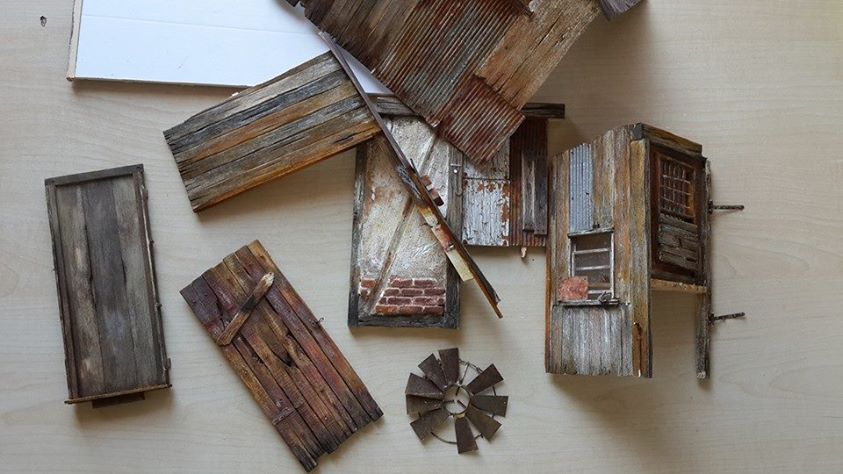
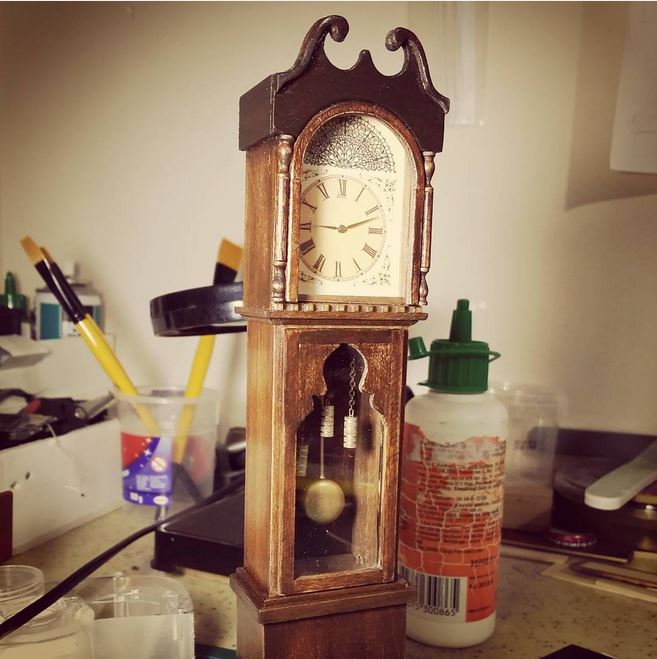
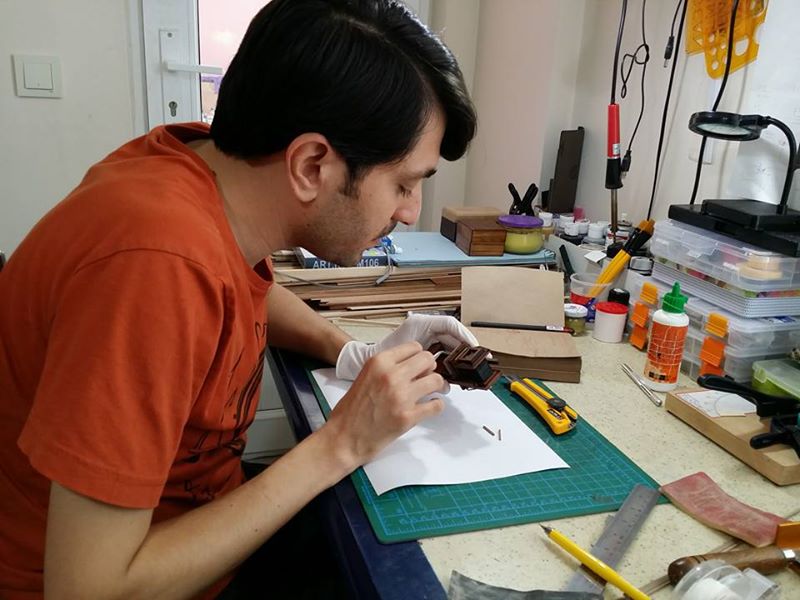
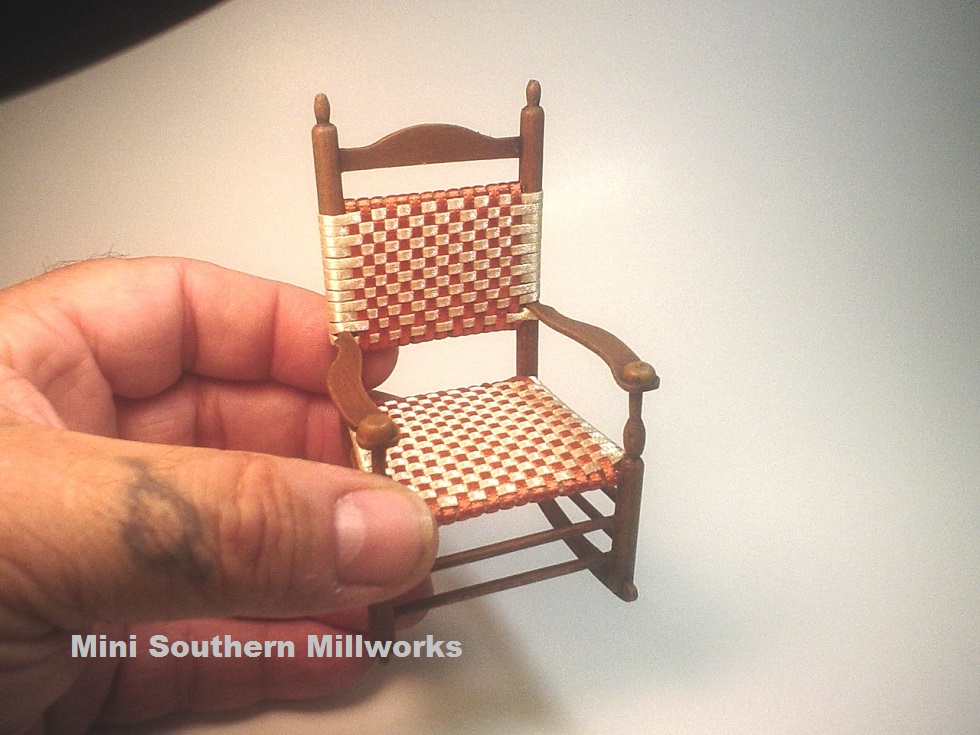
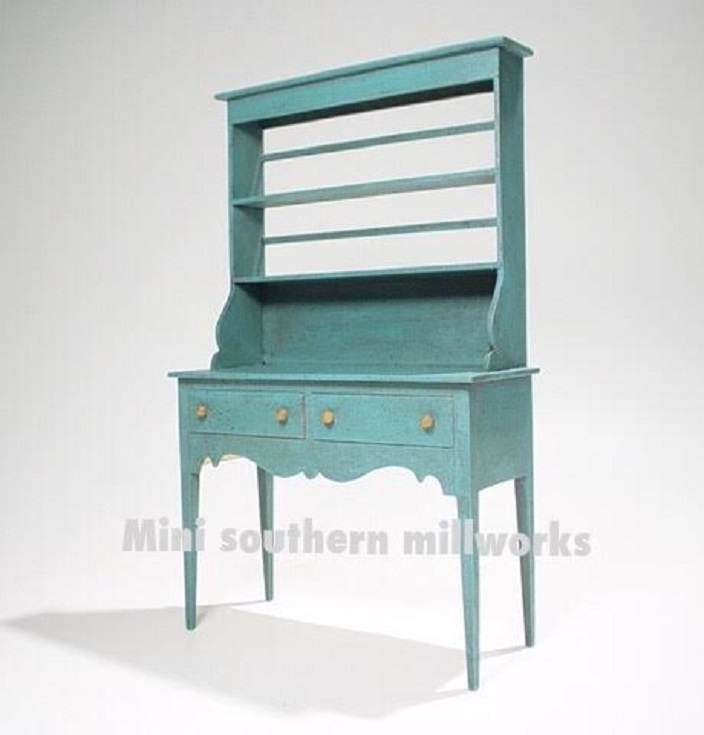
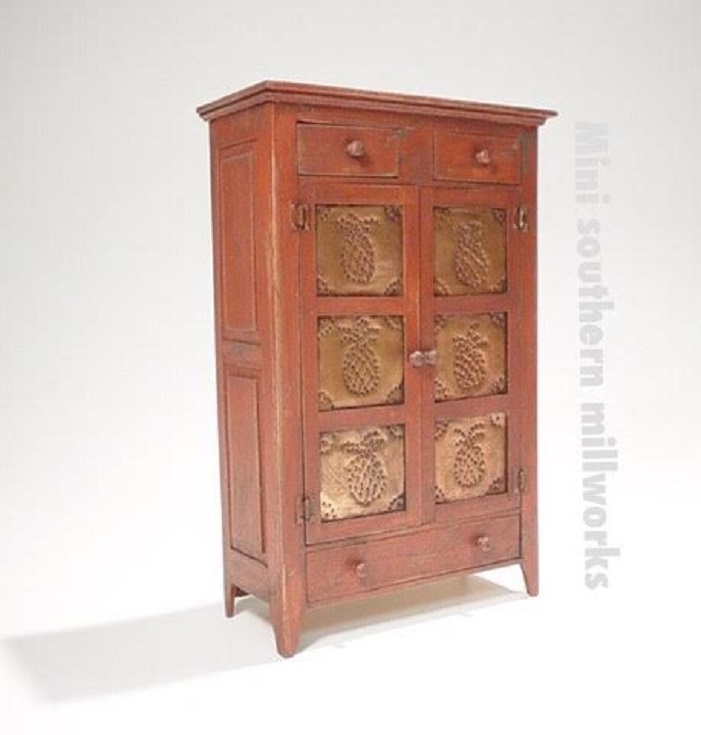
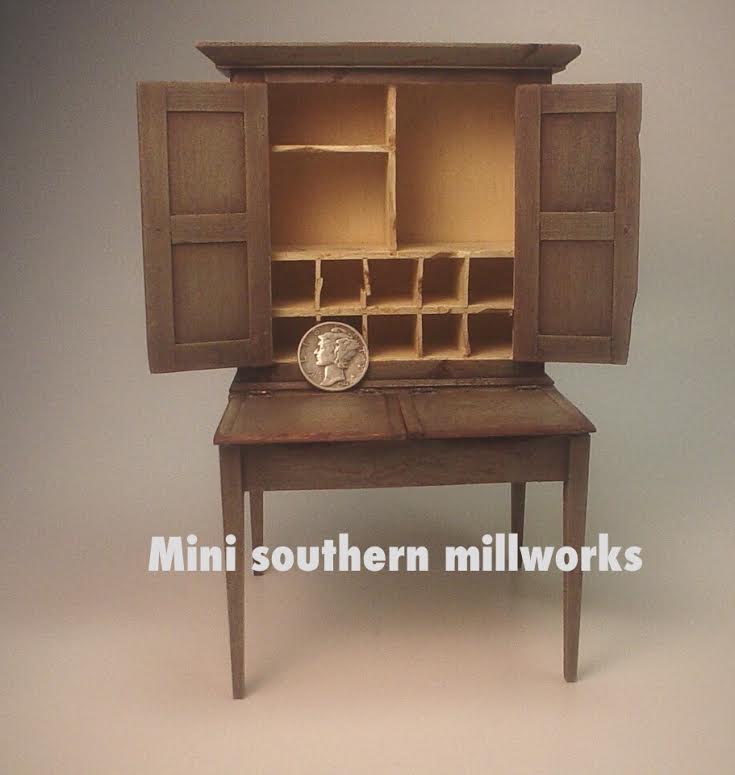
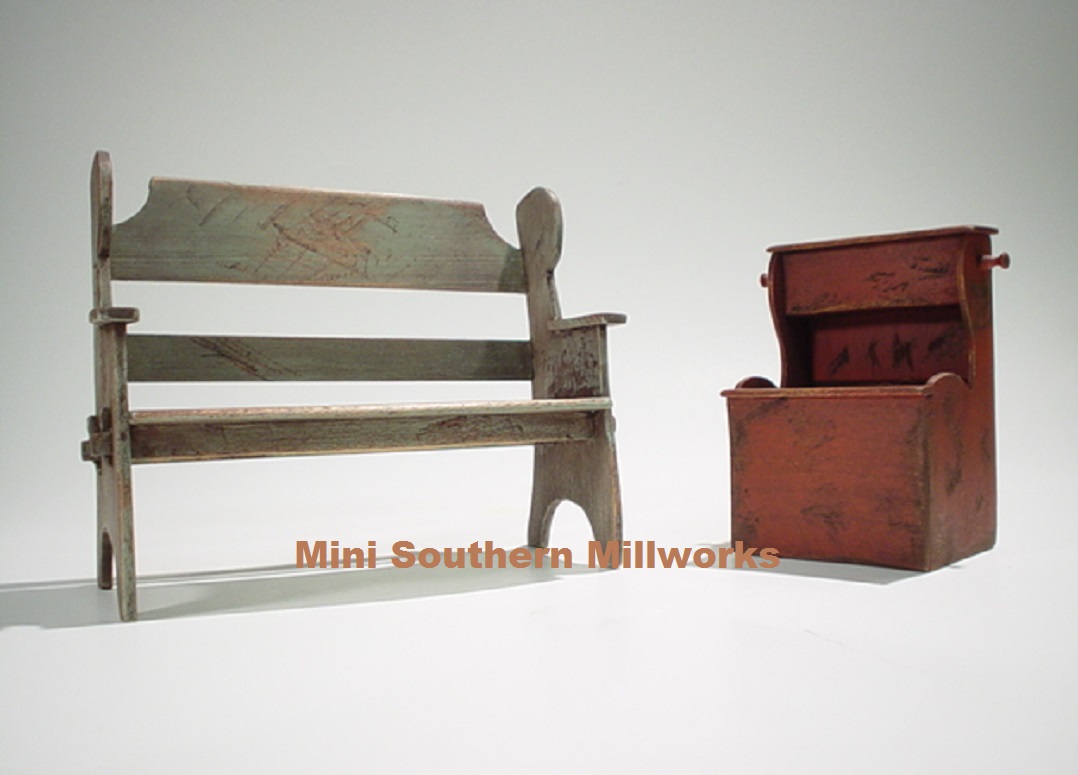

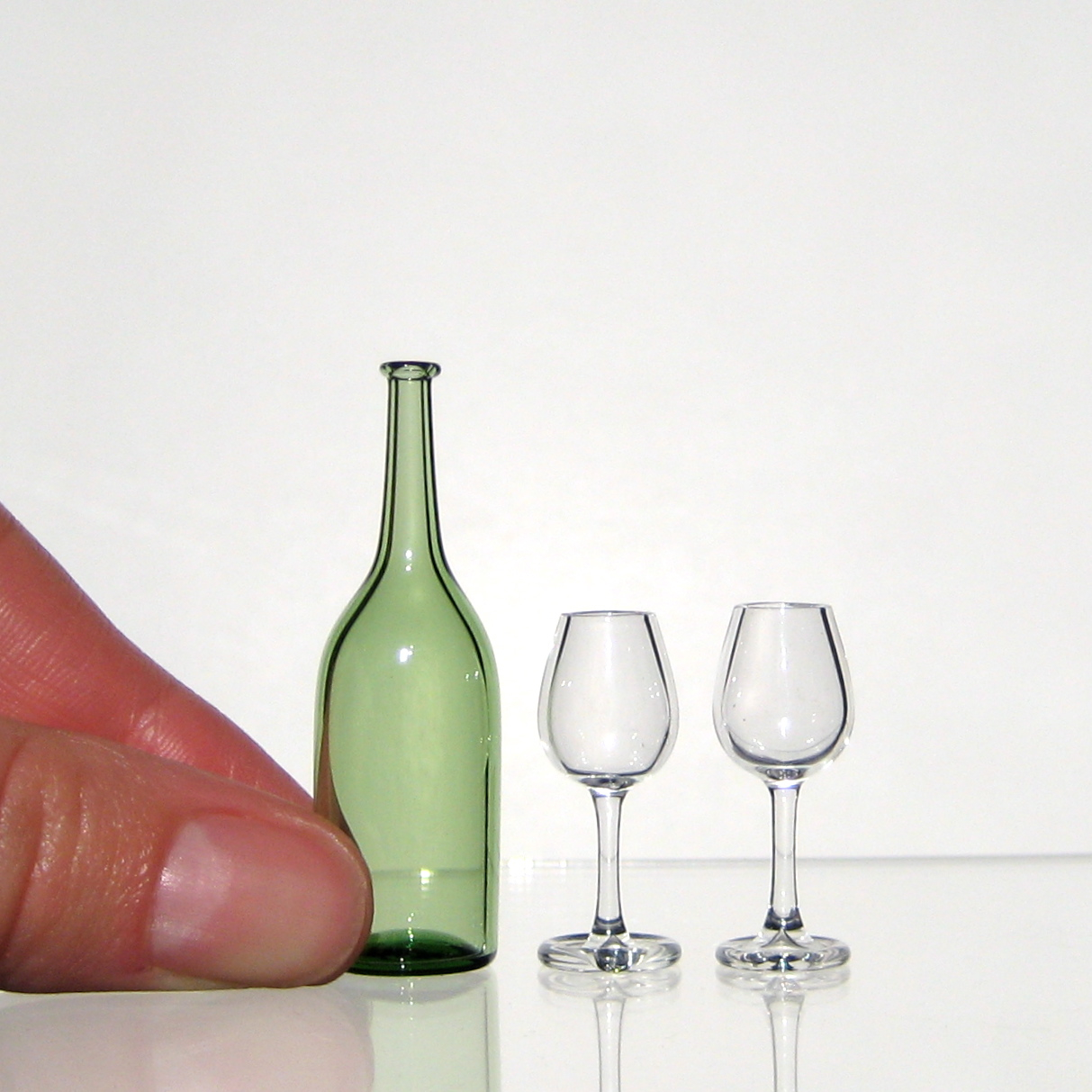
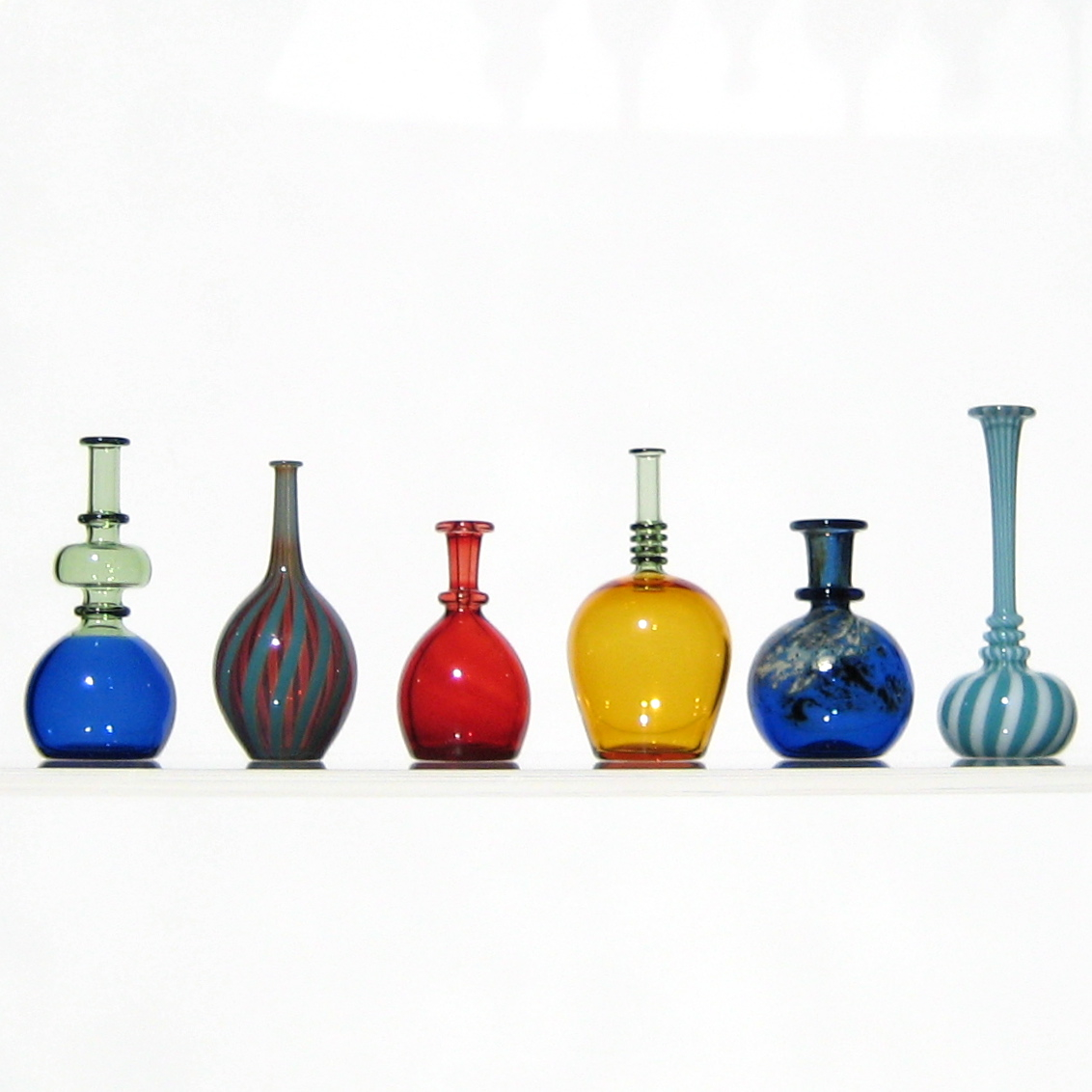
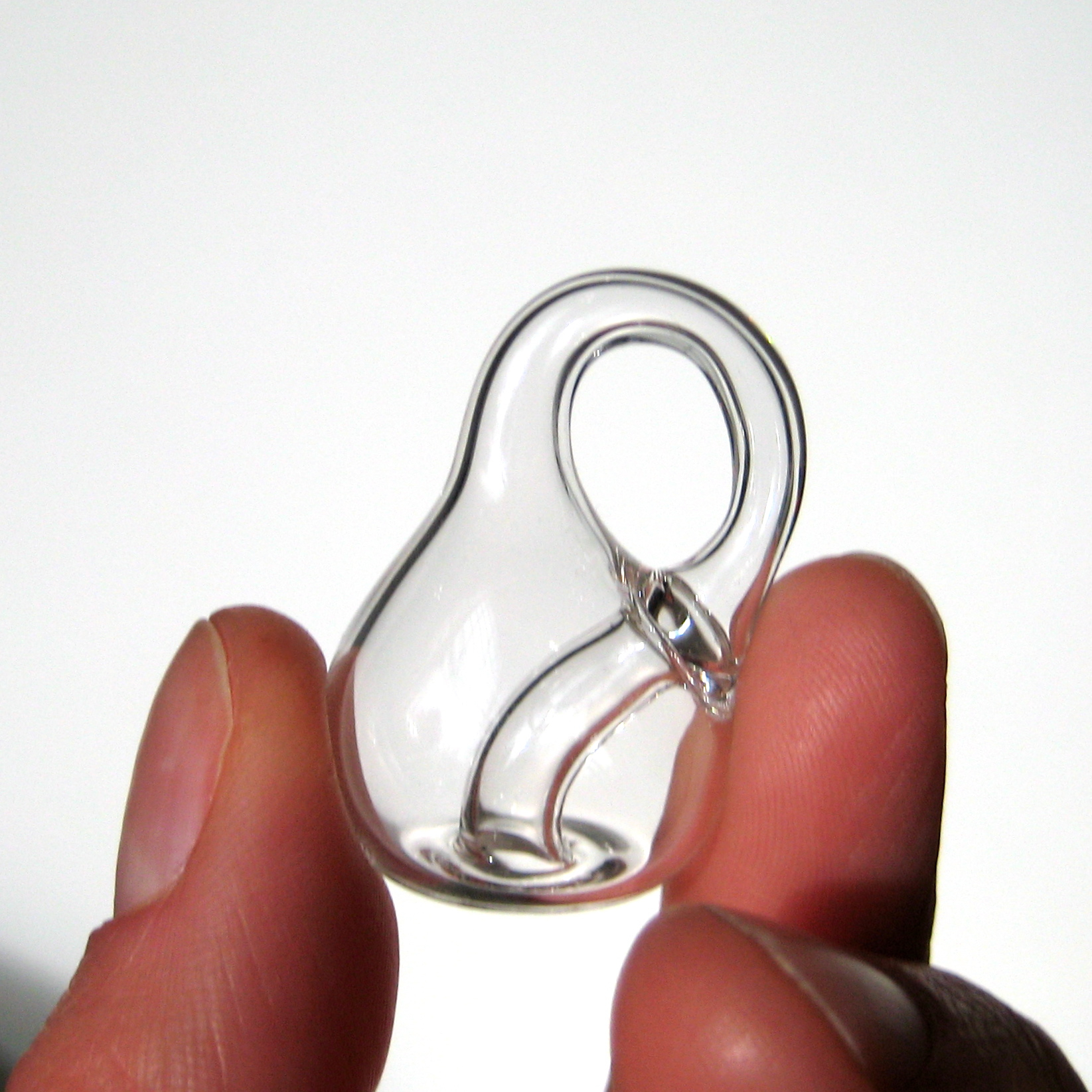
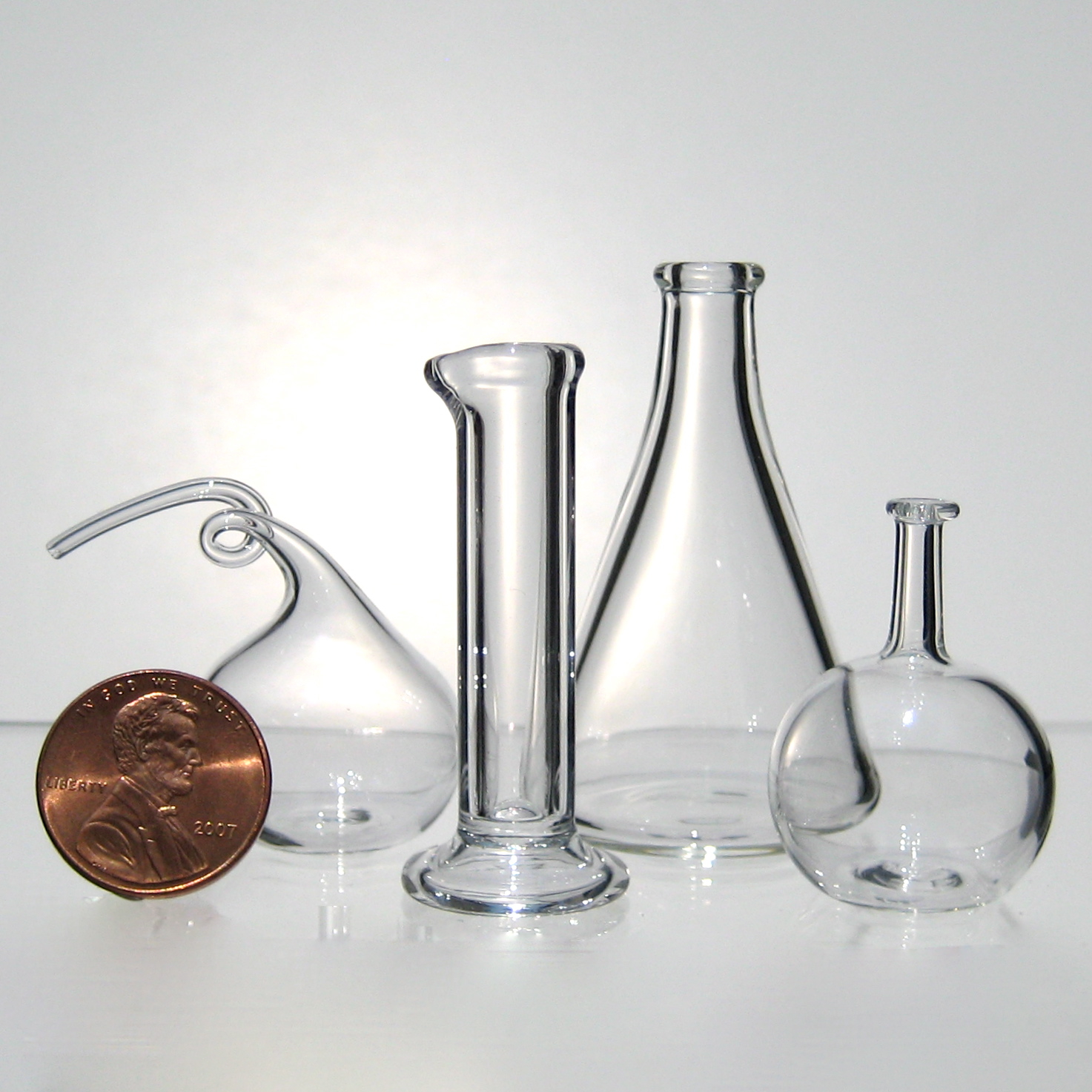
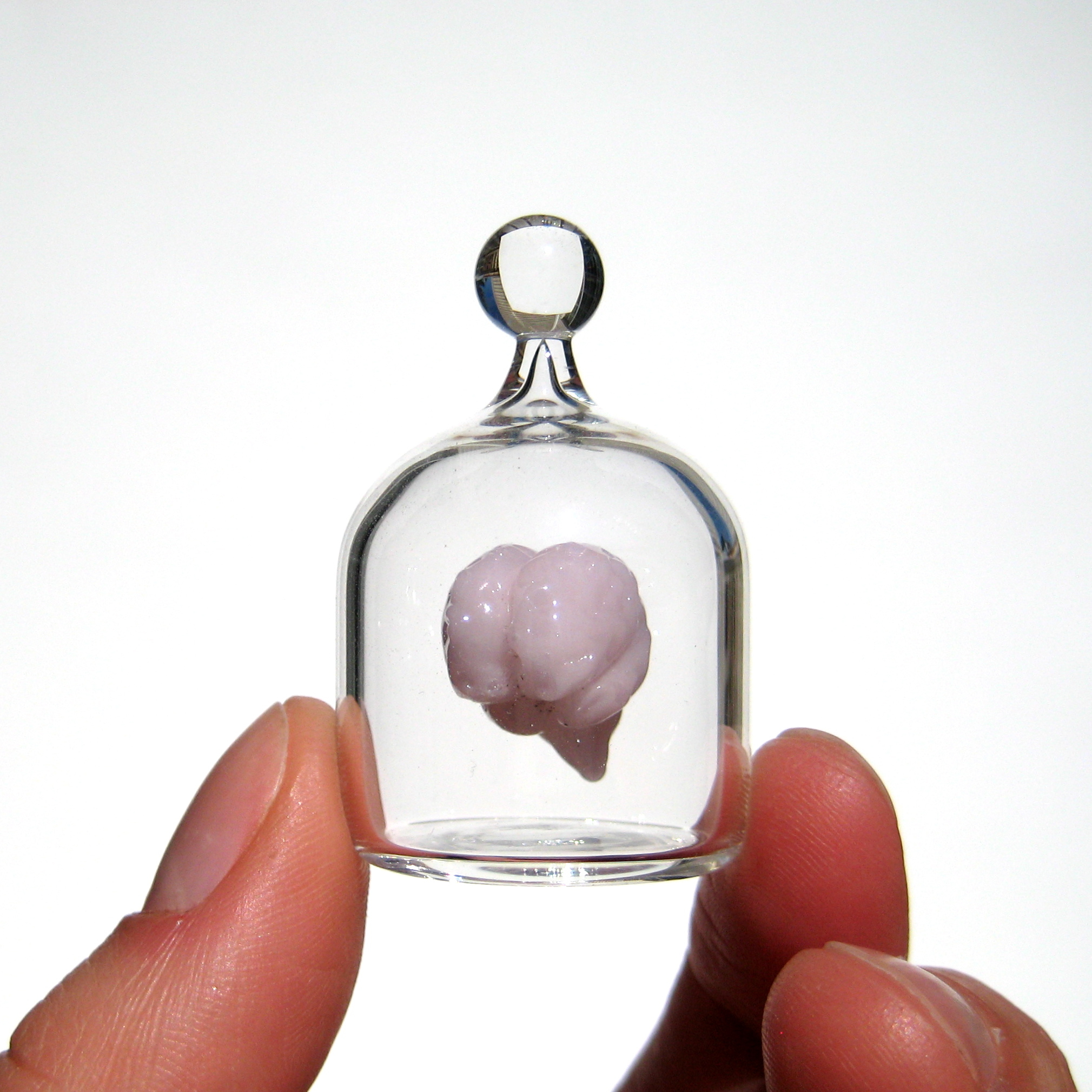

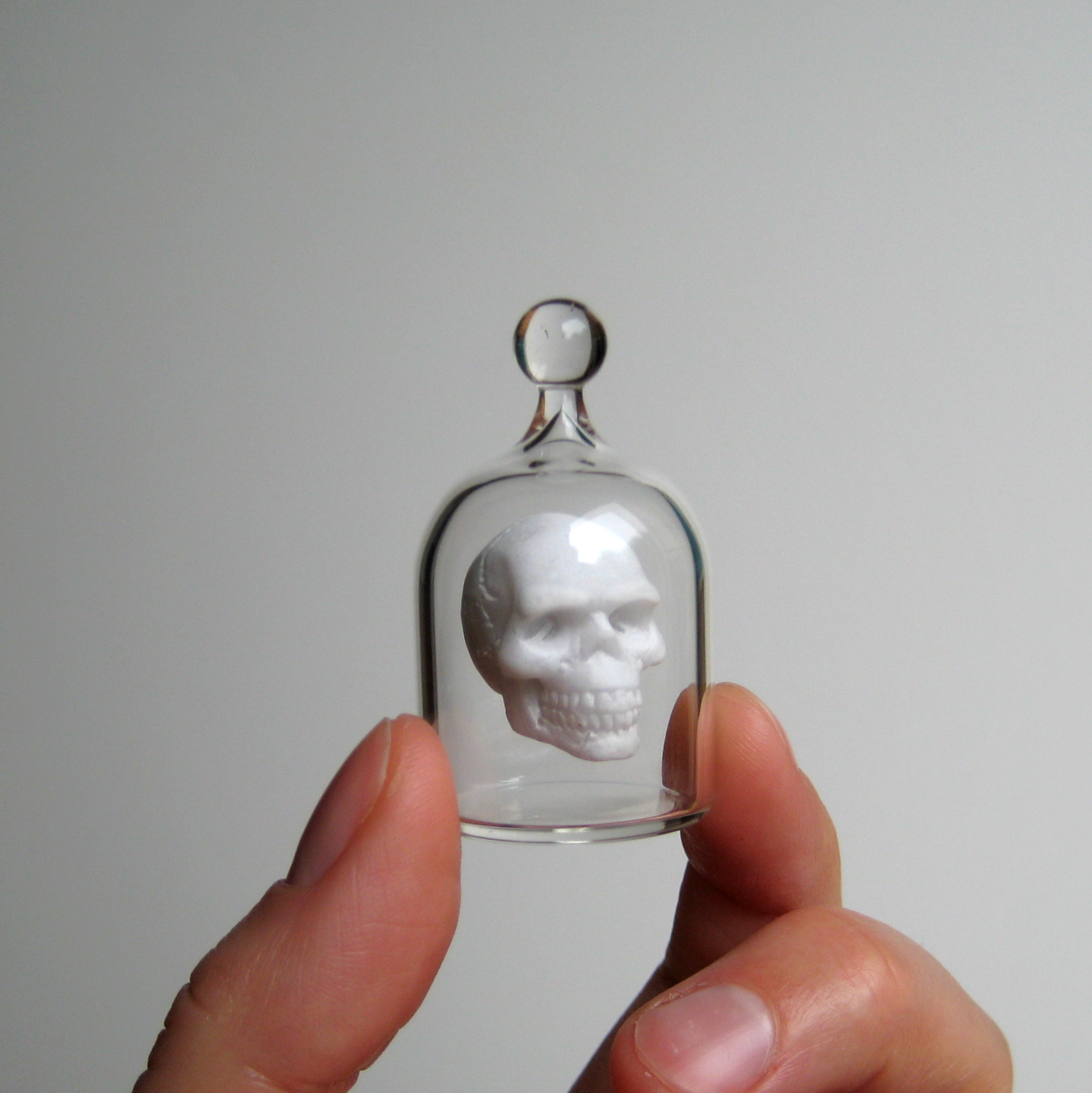
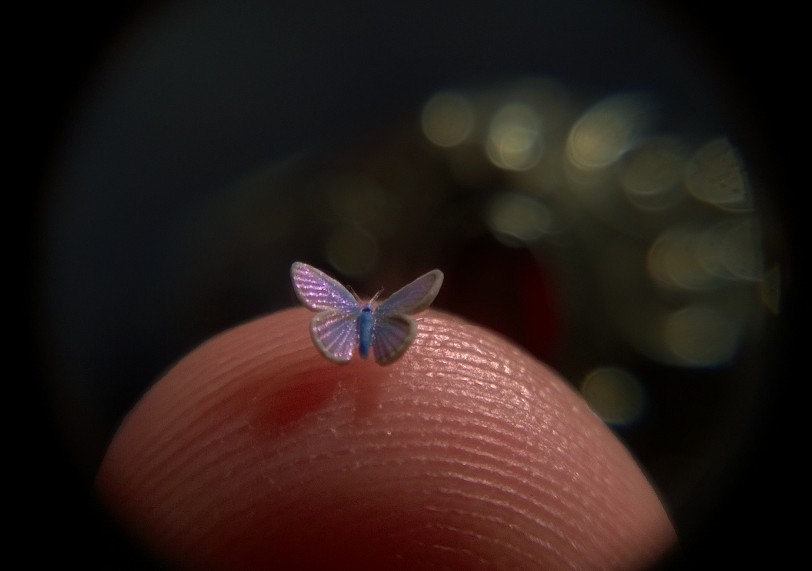
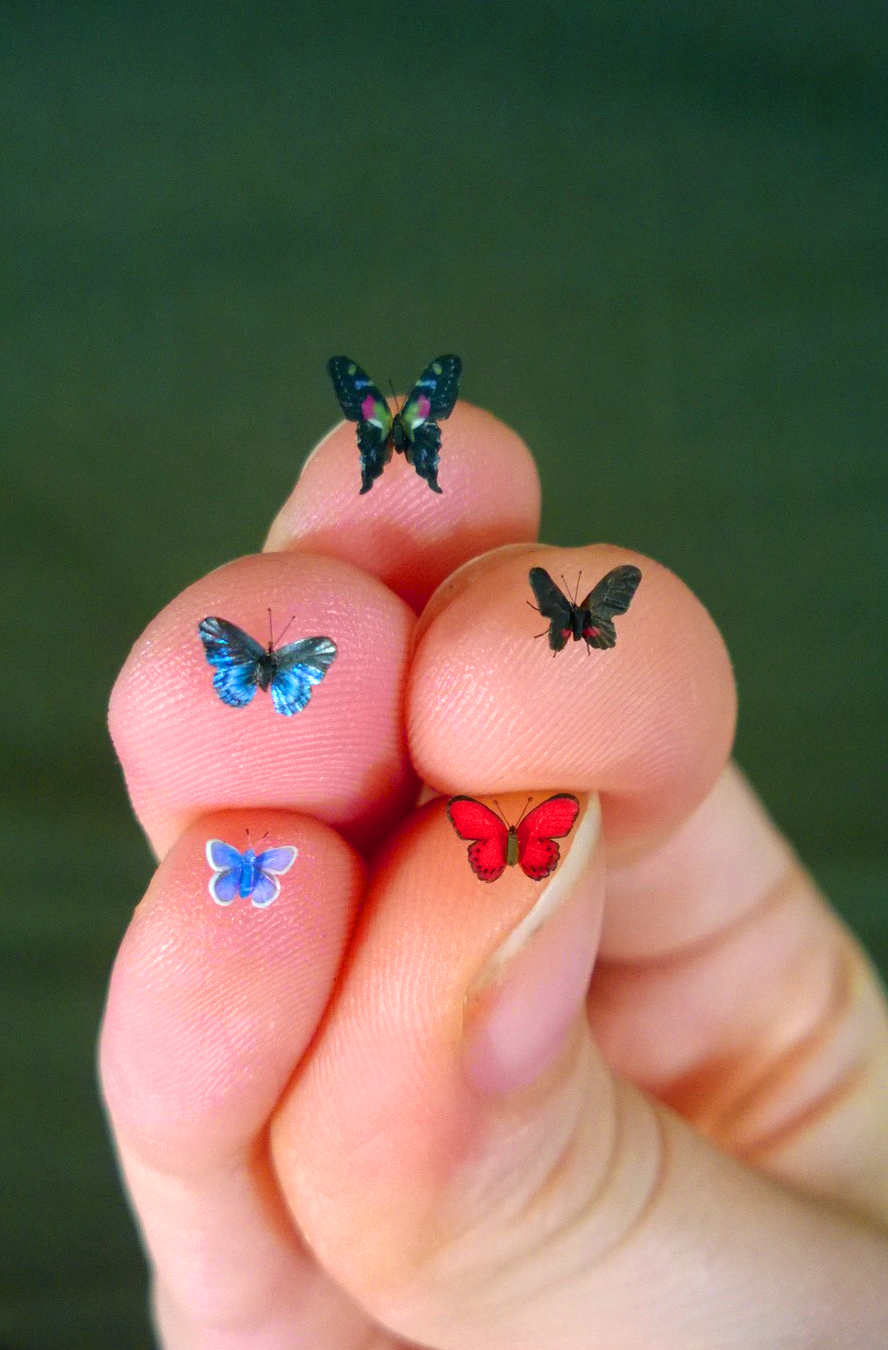
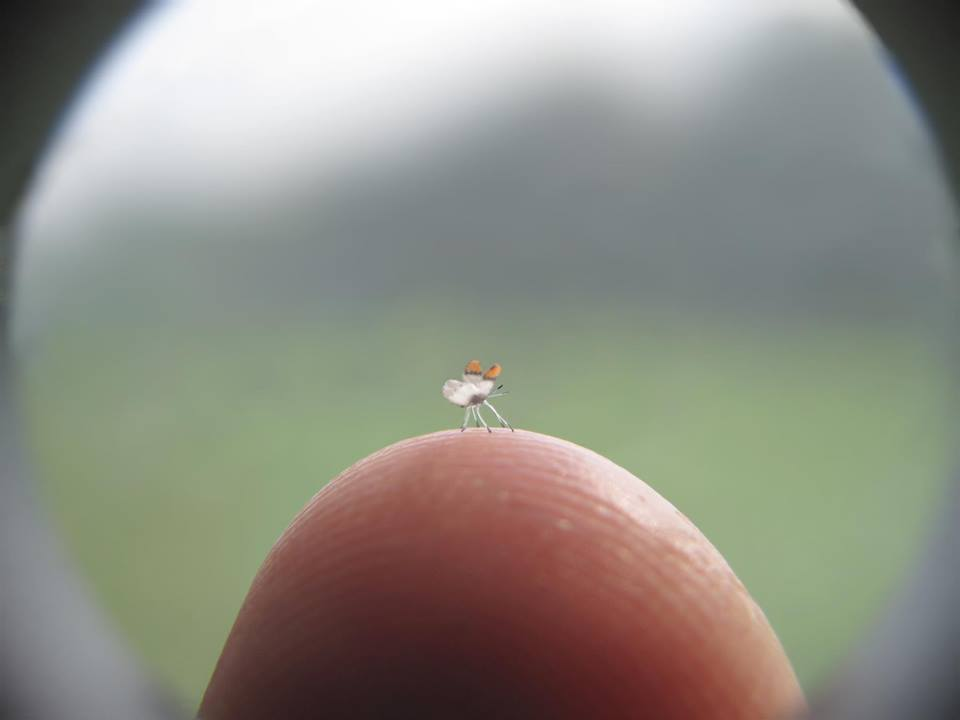
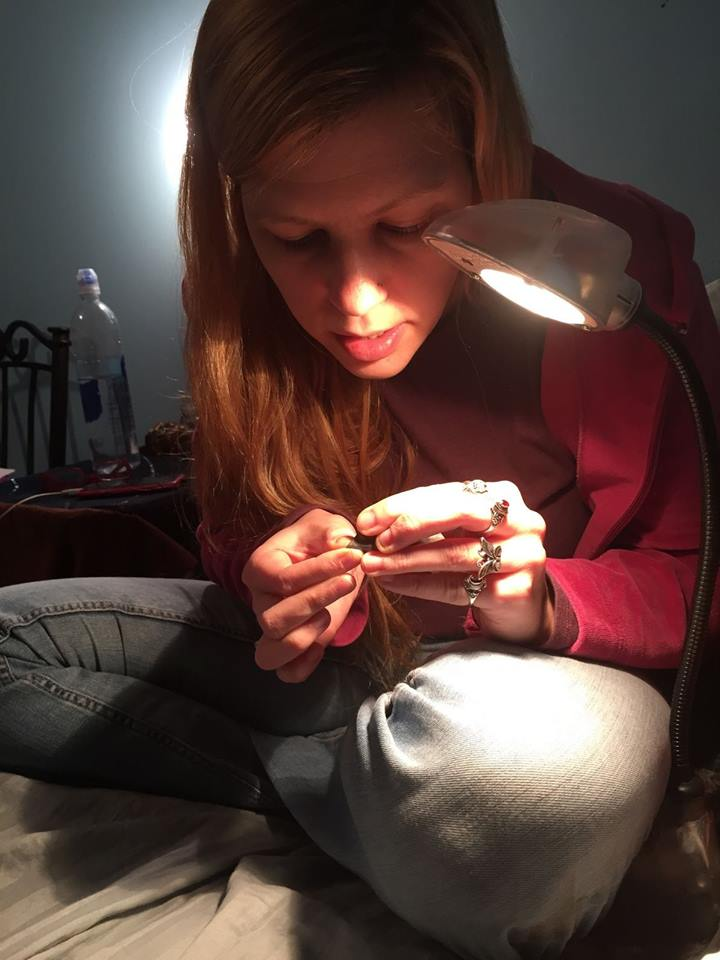
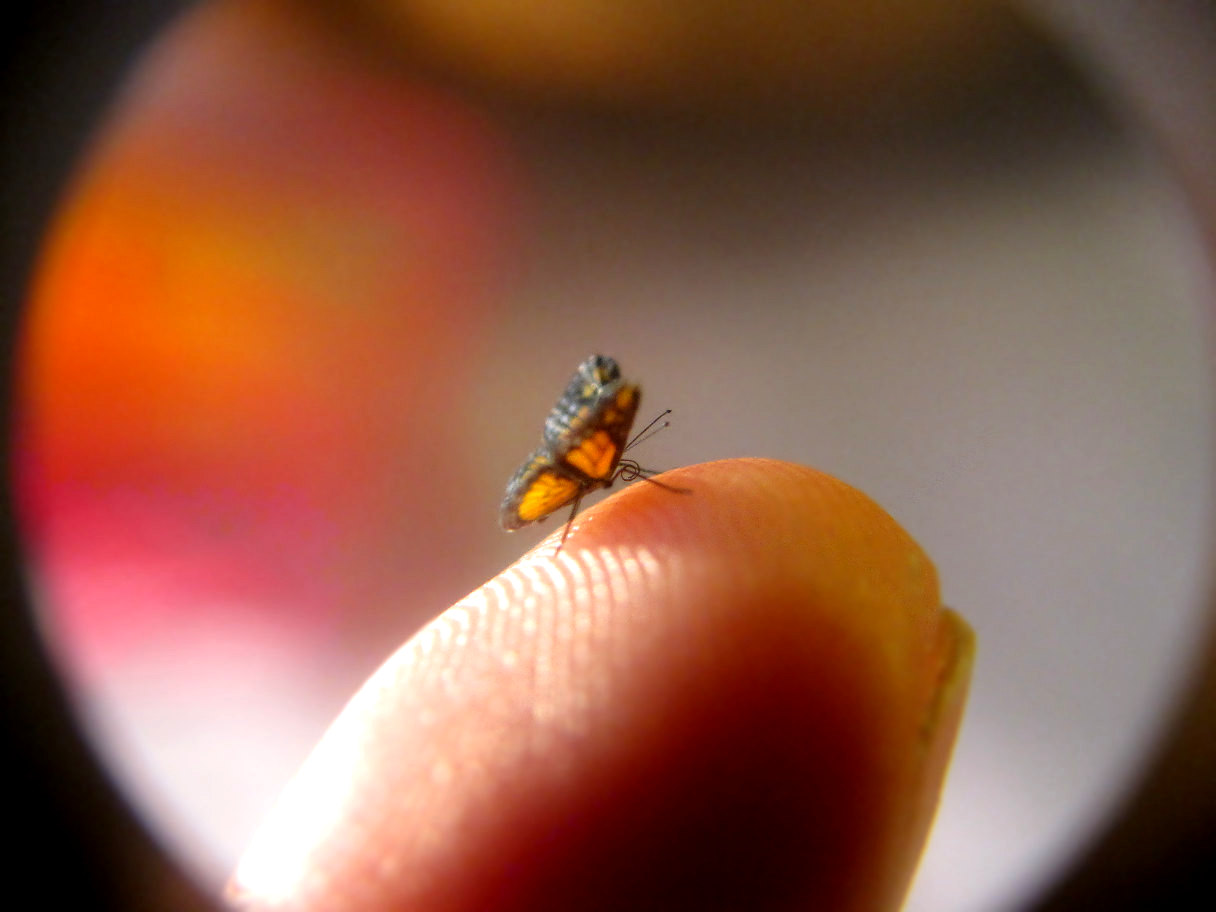
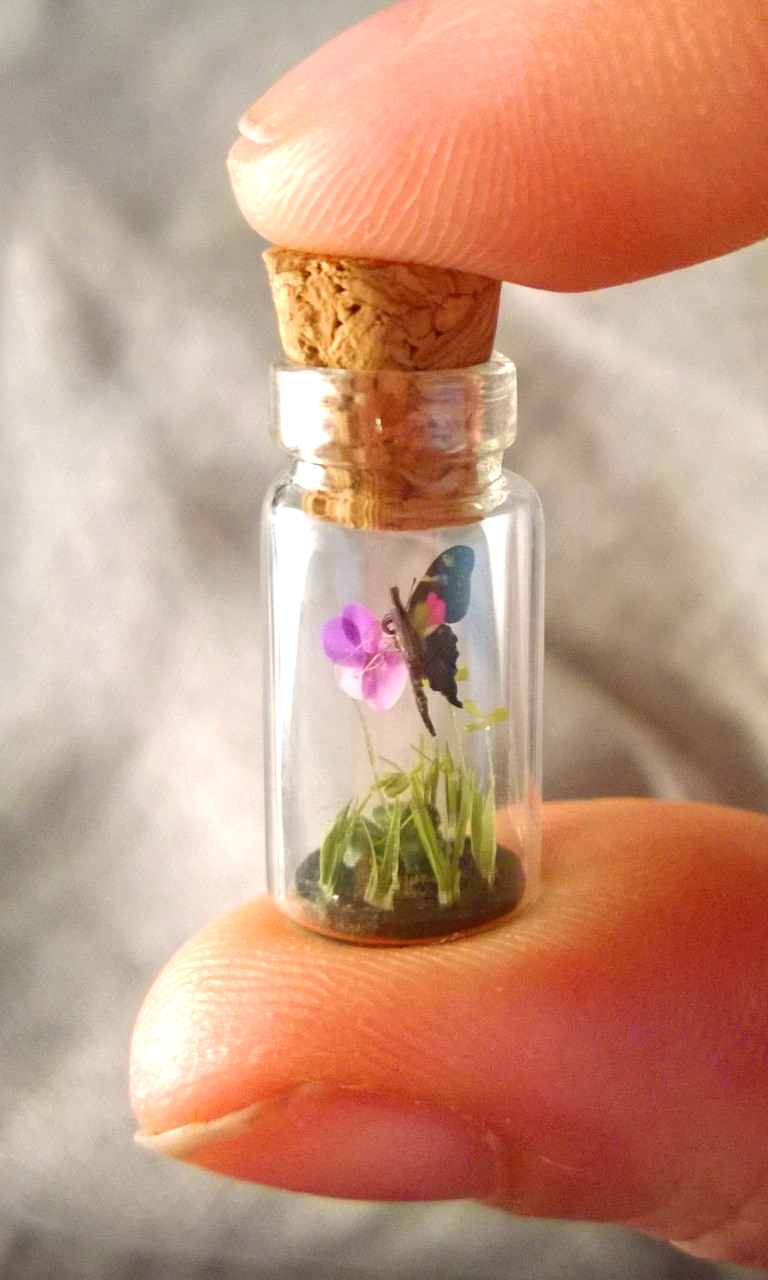
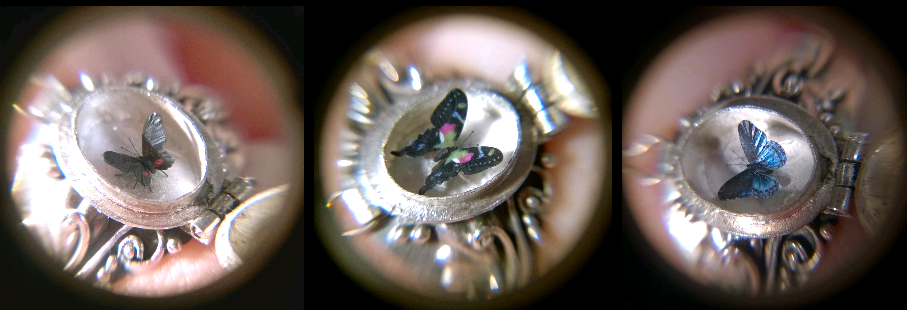
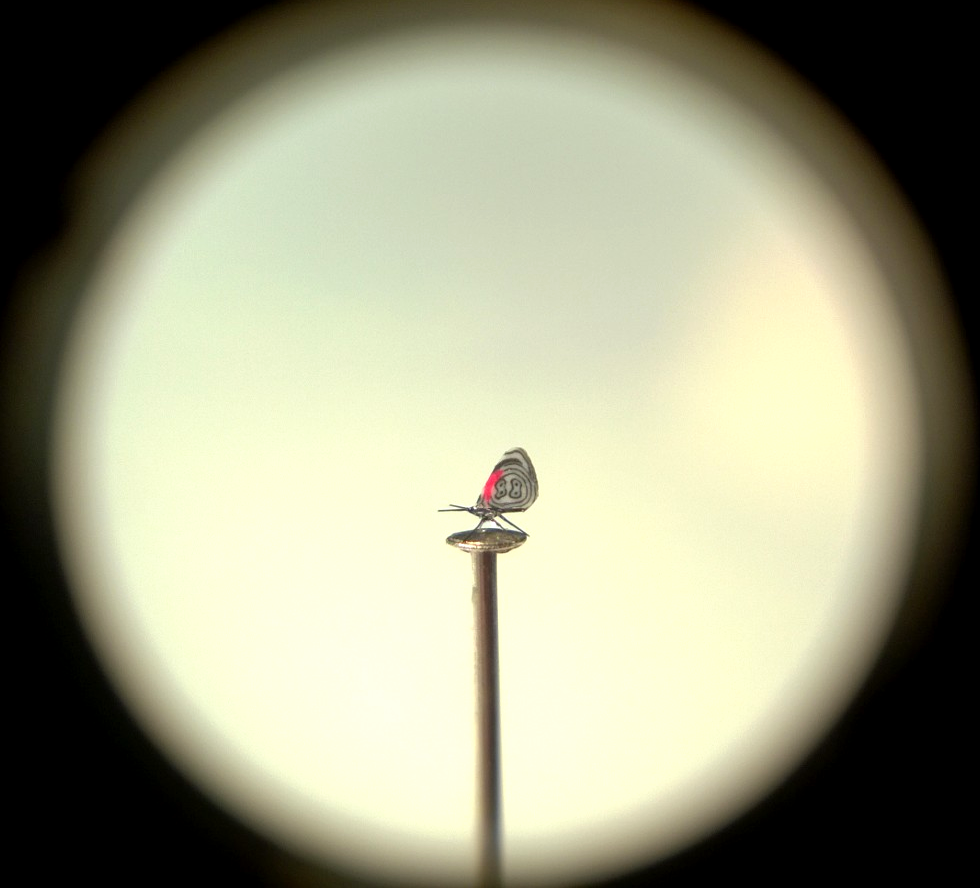
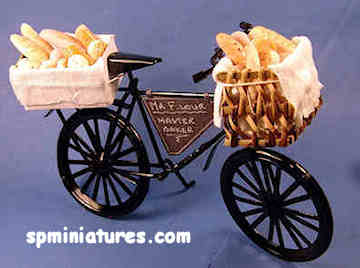
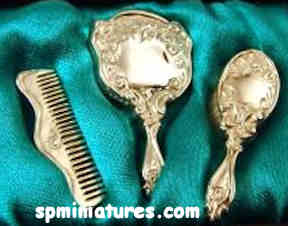
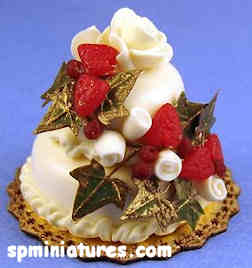

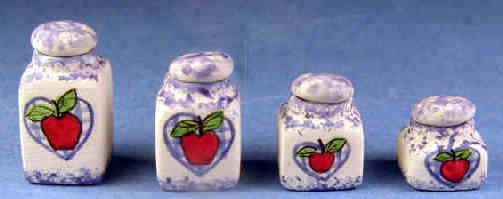
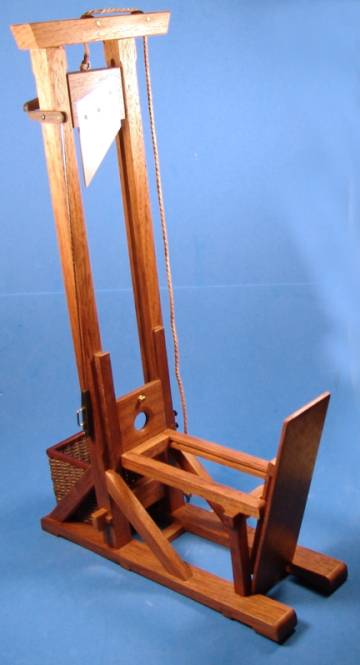
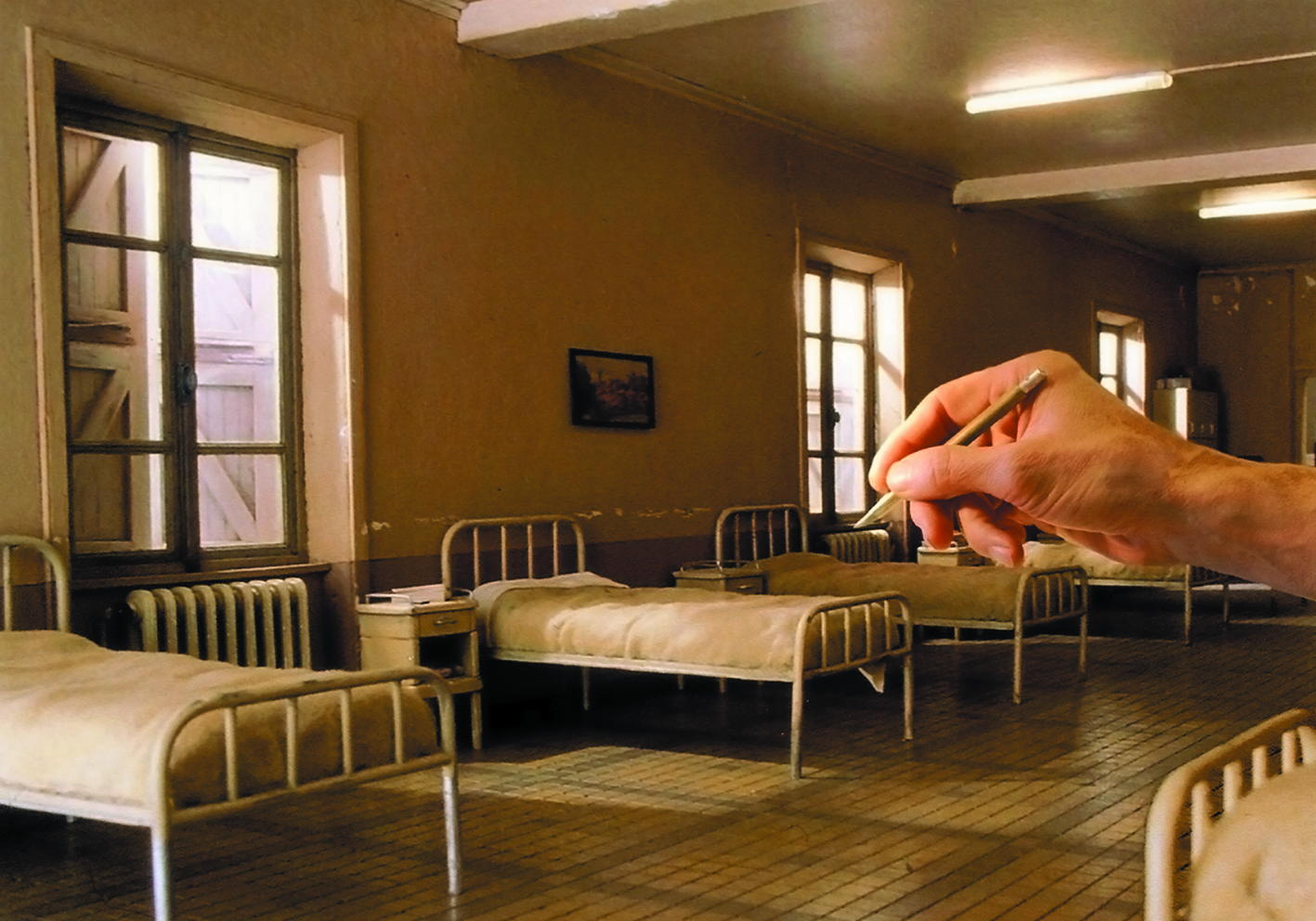
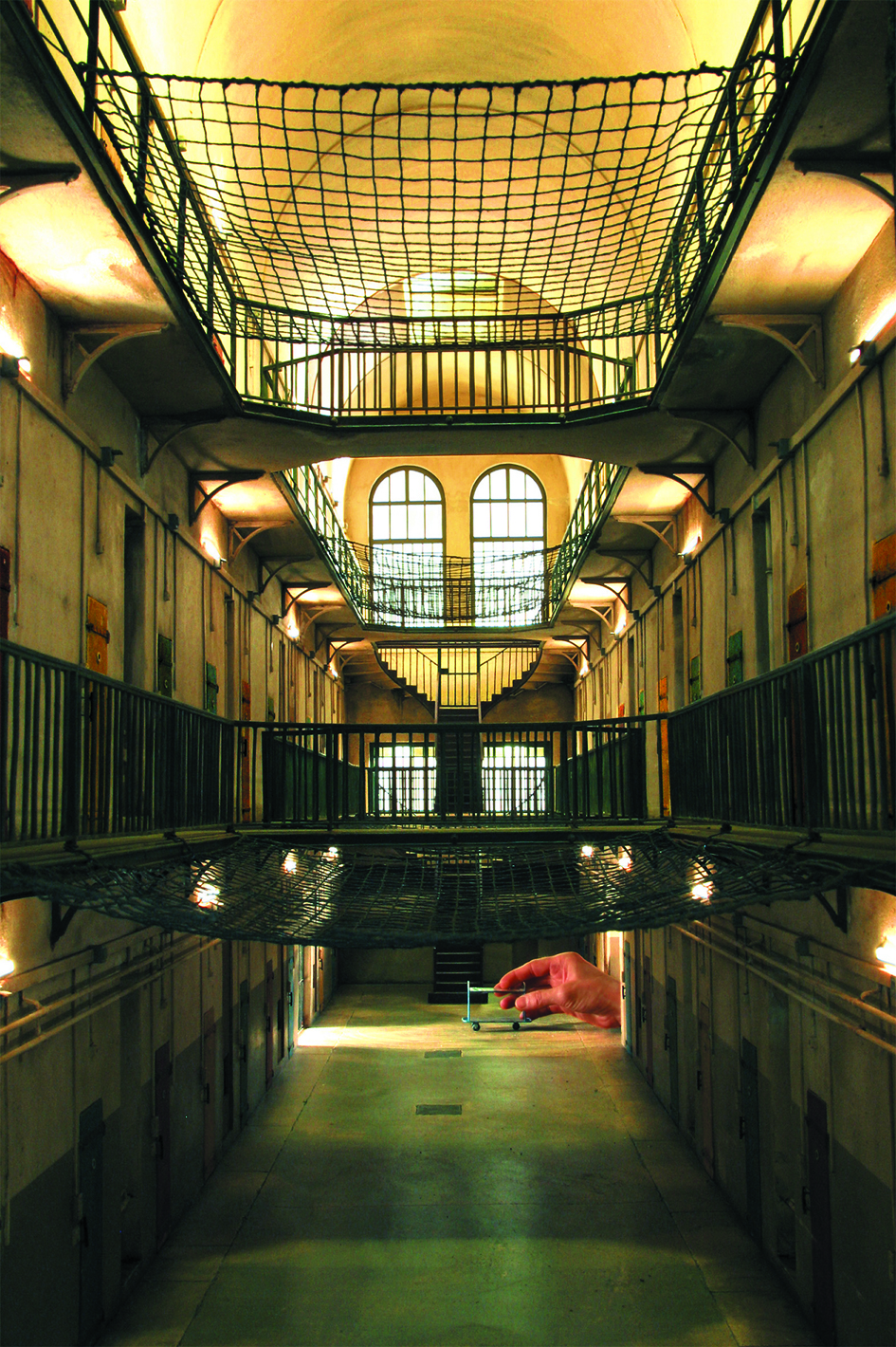
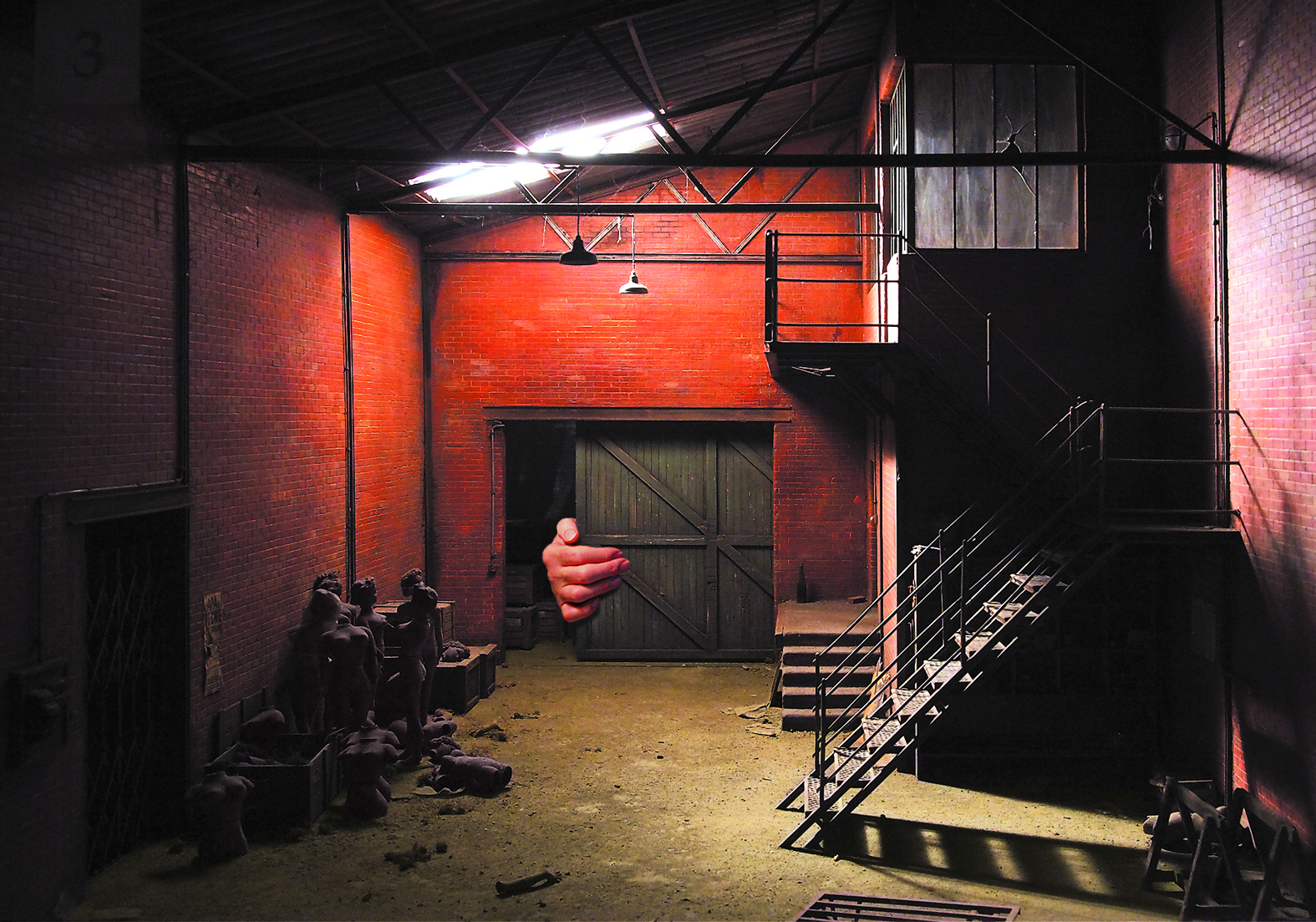

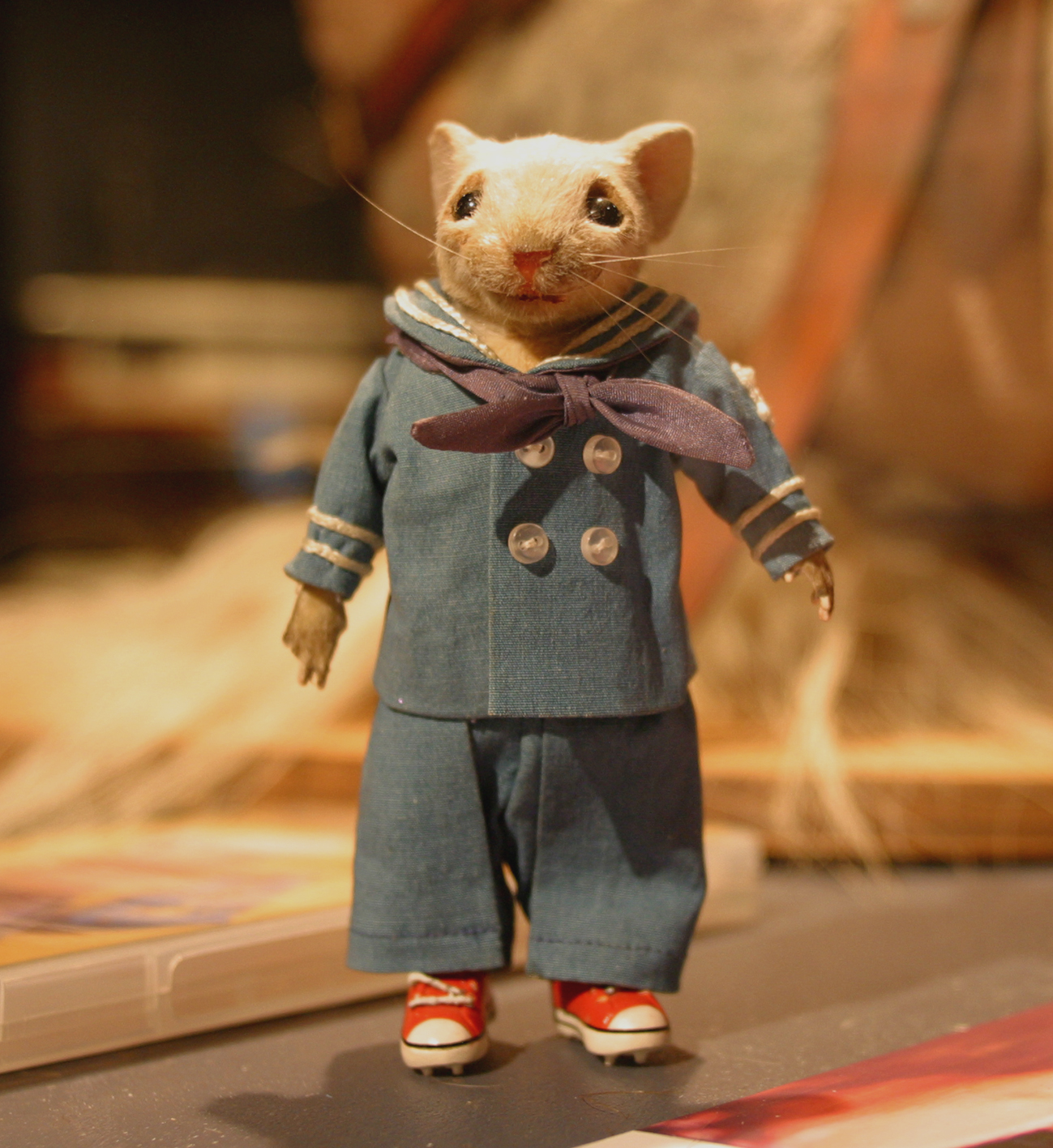
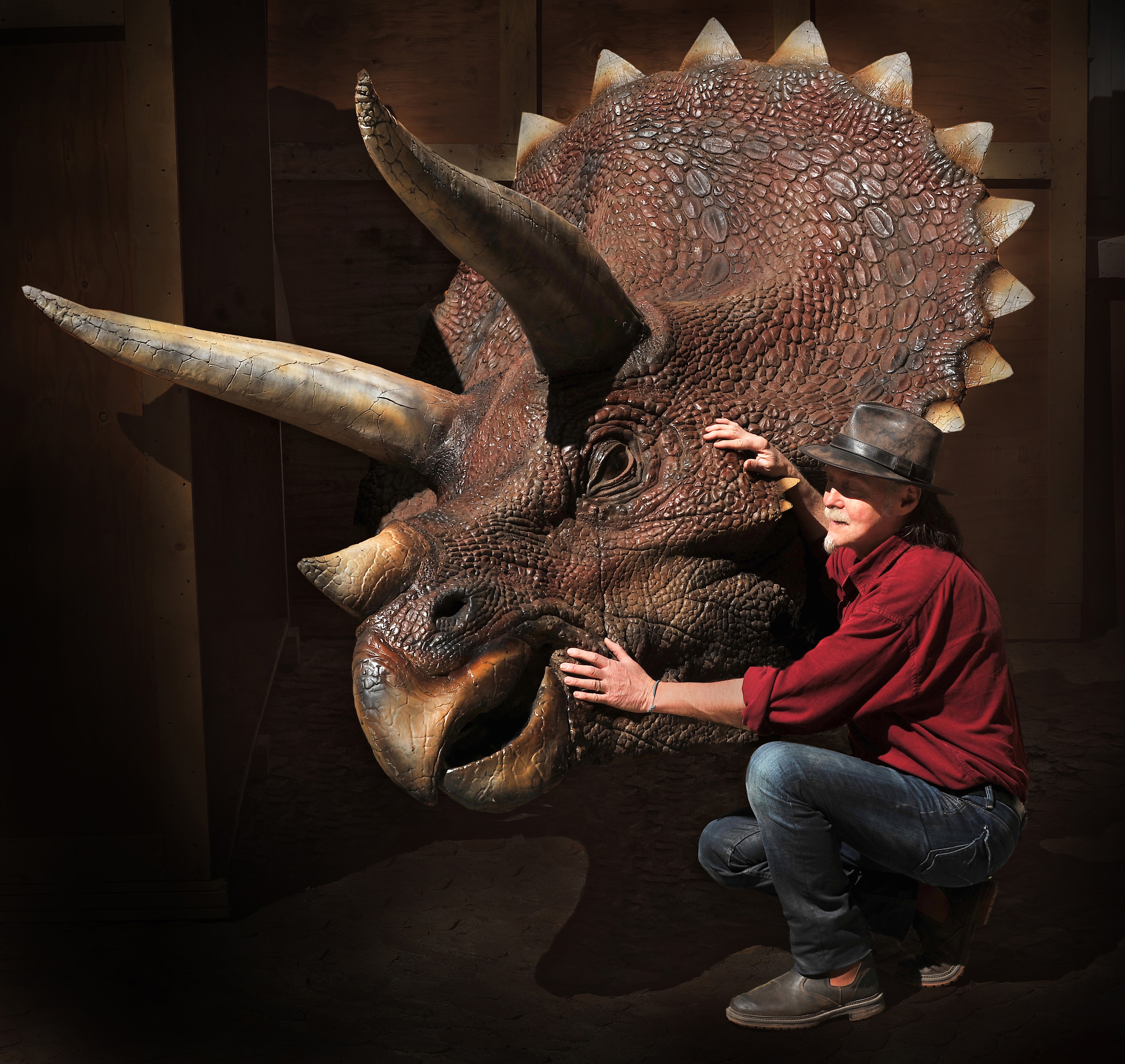
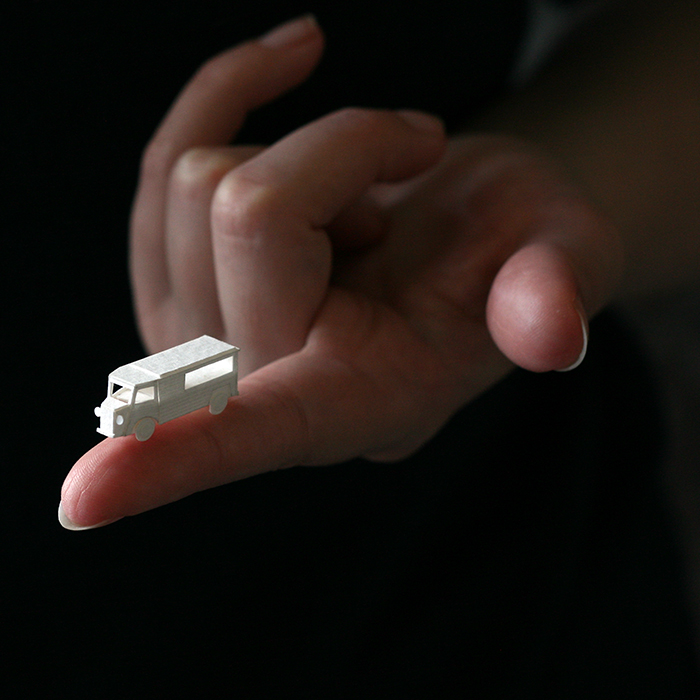
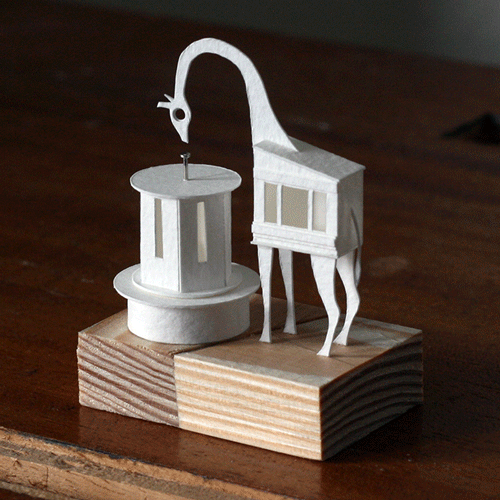
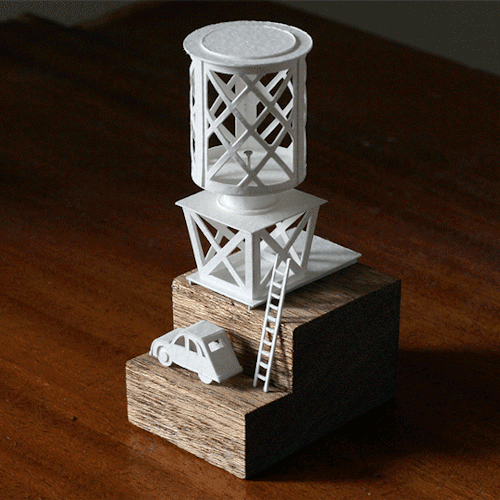 Even with just a few days to go before the one year mark, I’m still not sure about whether I’m going to carry on or not. I feel like a year of models would be a good block of work and
Even with just a few days to go before the one year mark, I’m still not sure about whether I’m going to carry on or not. I feel like a year of models would be a good block of work and 